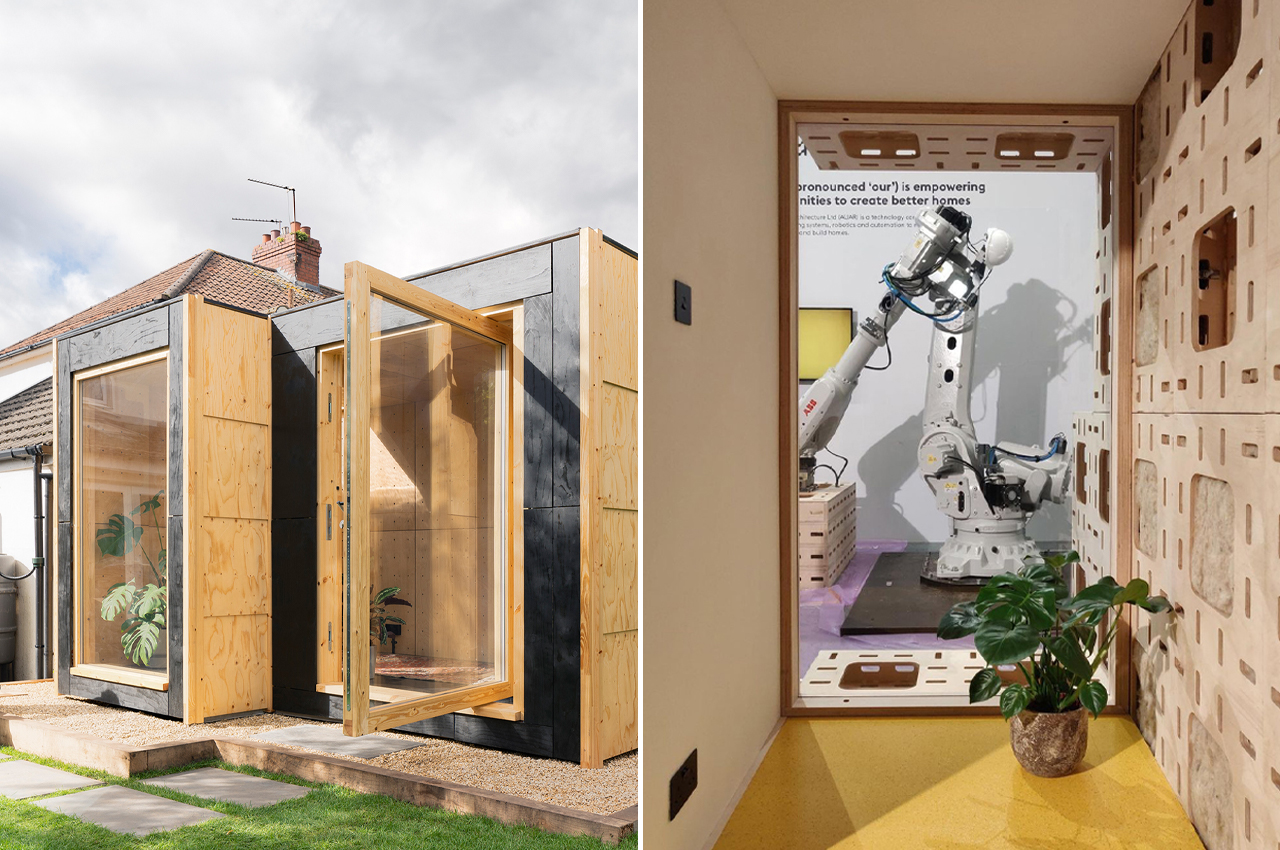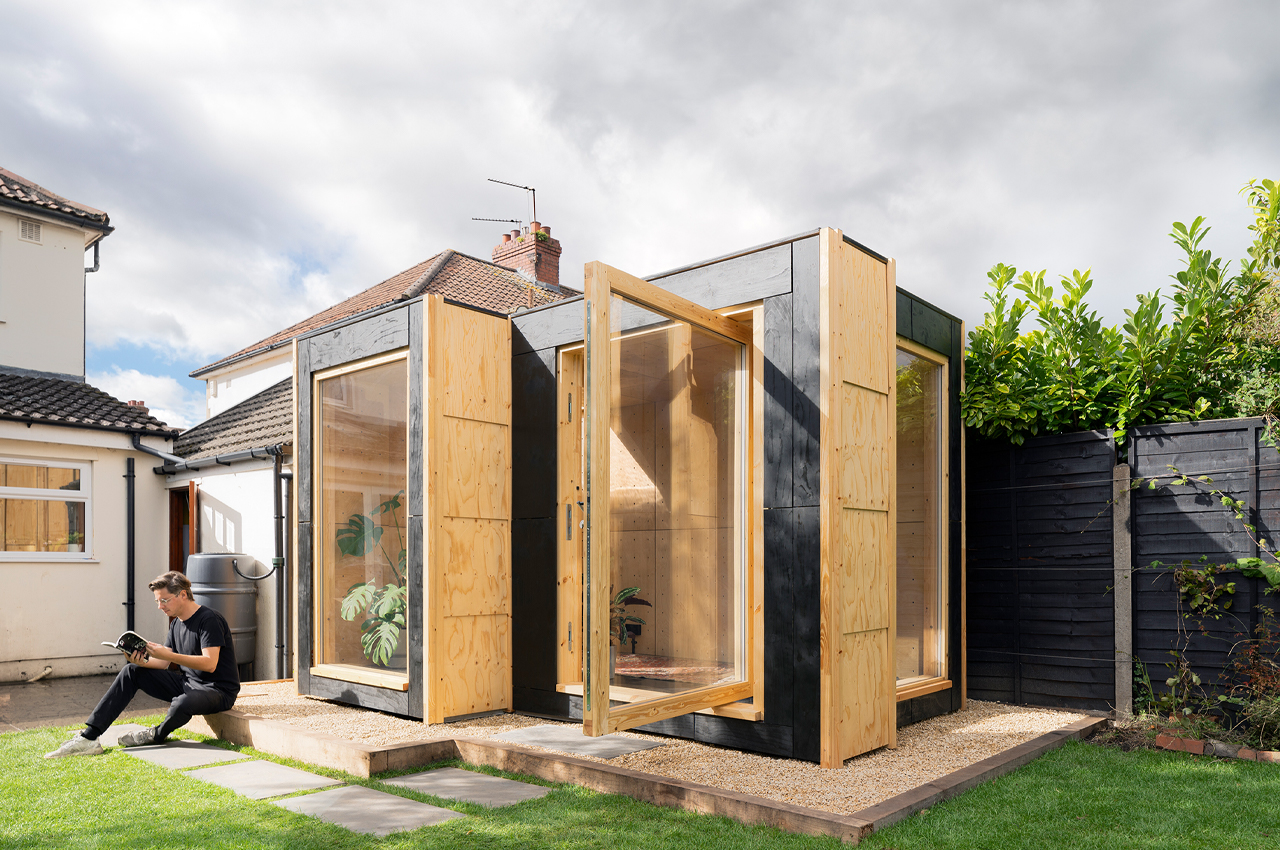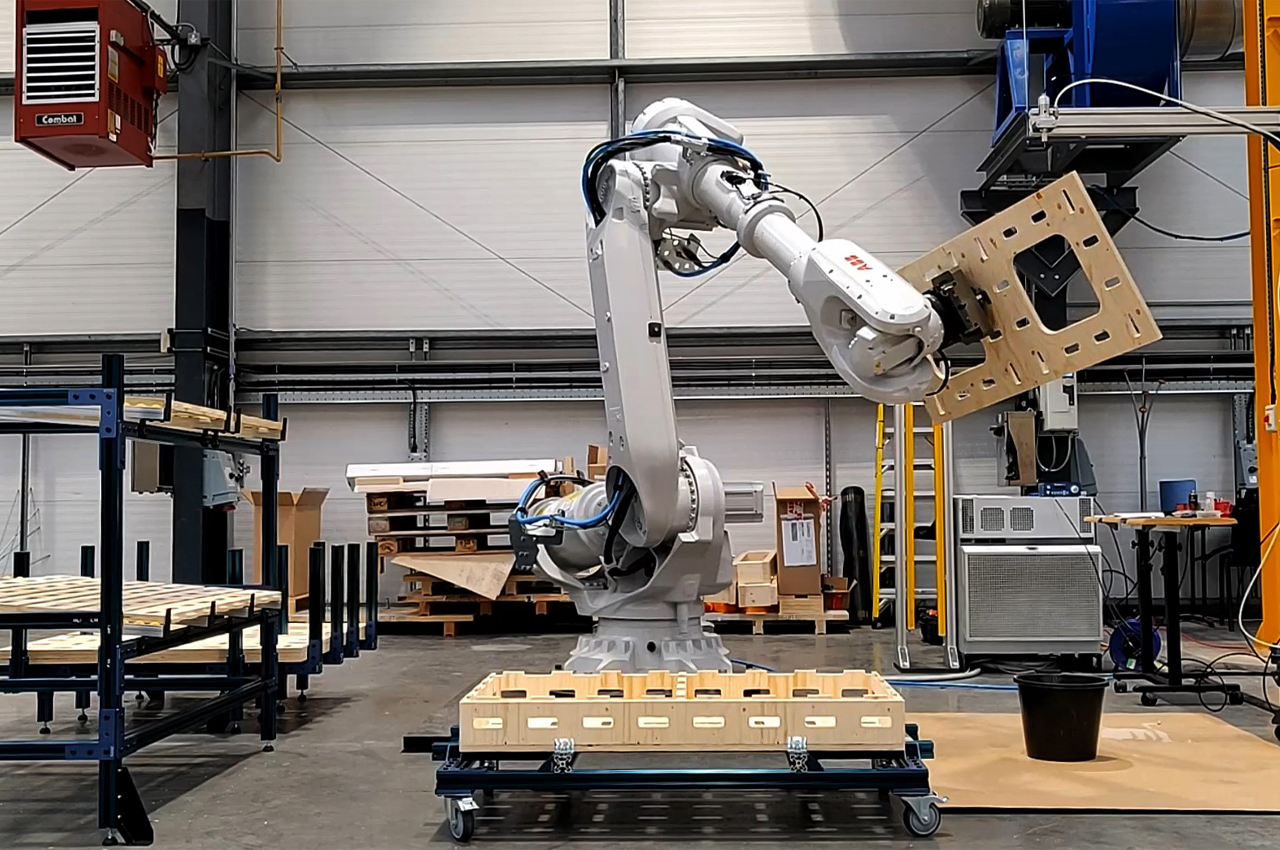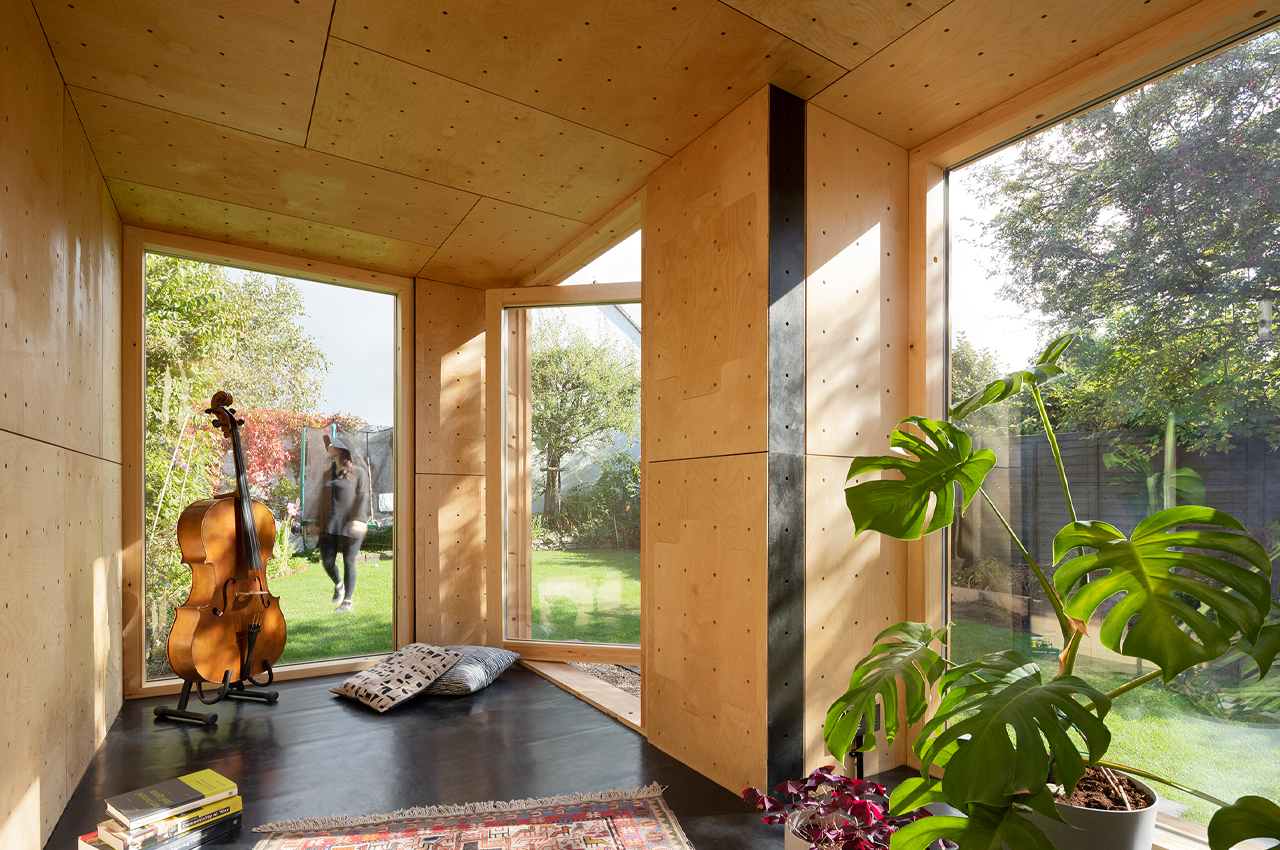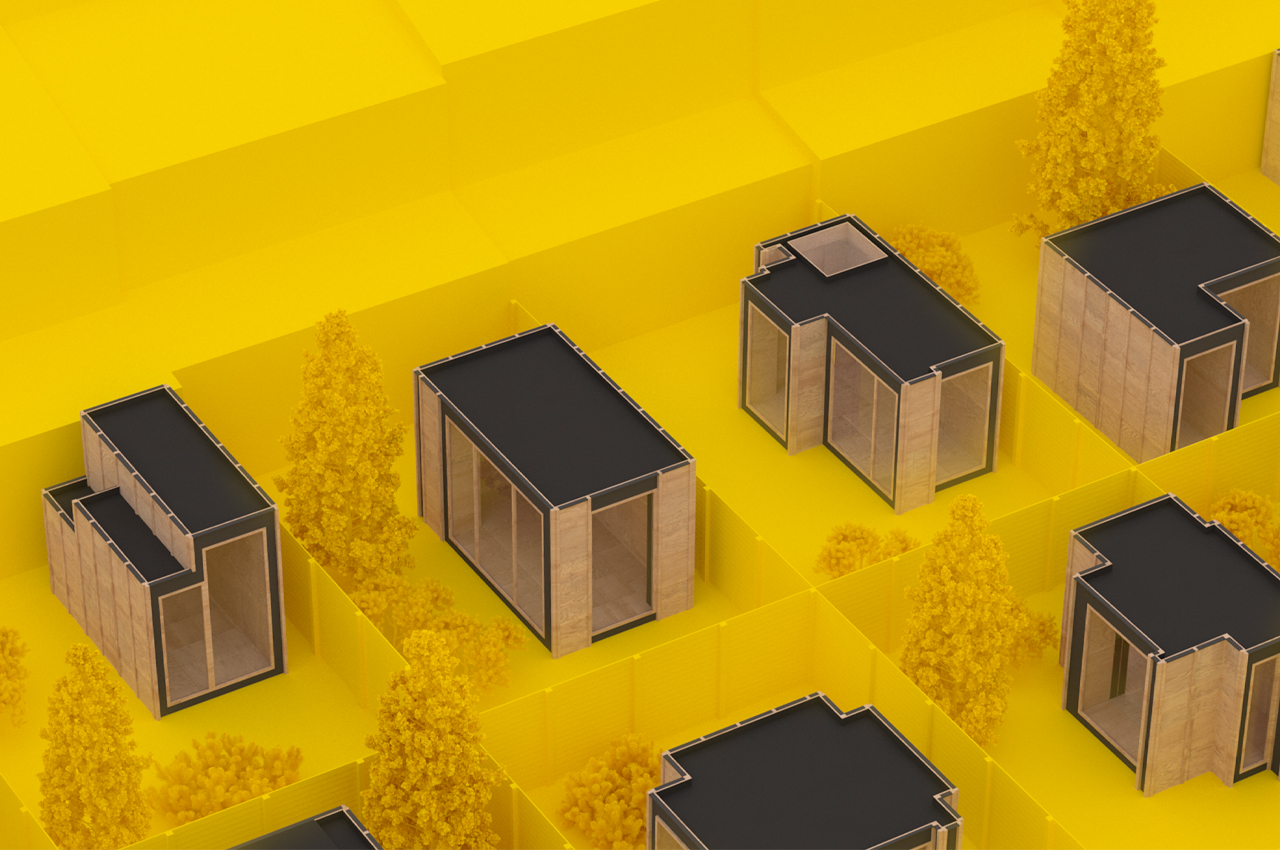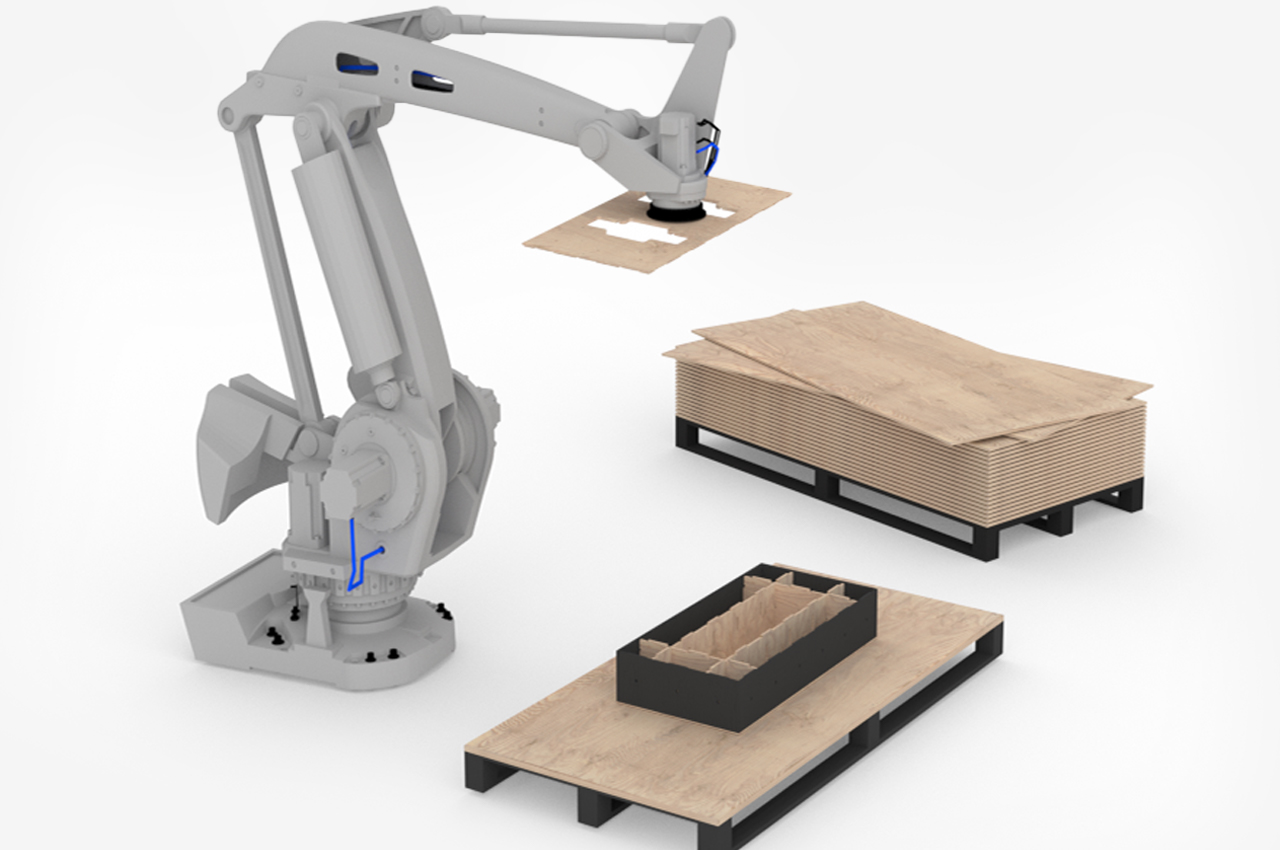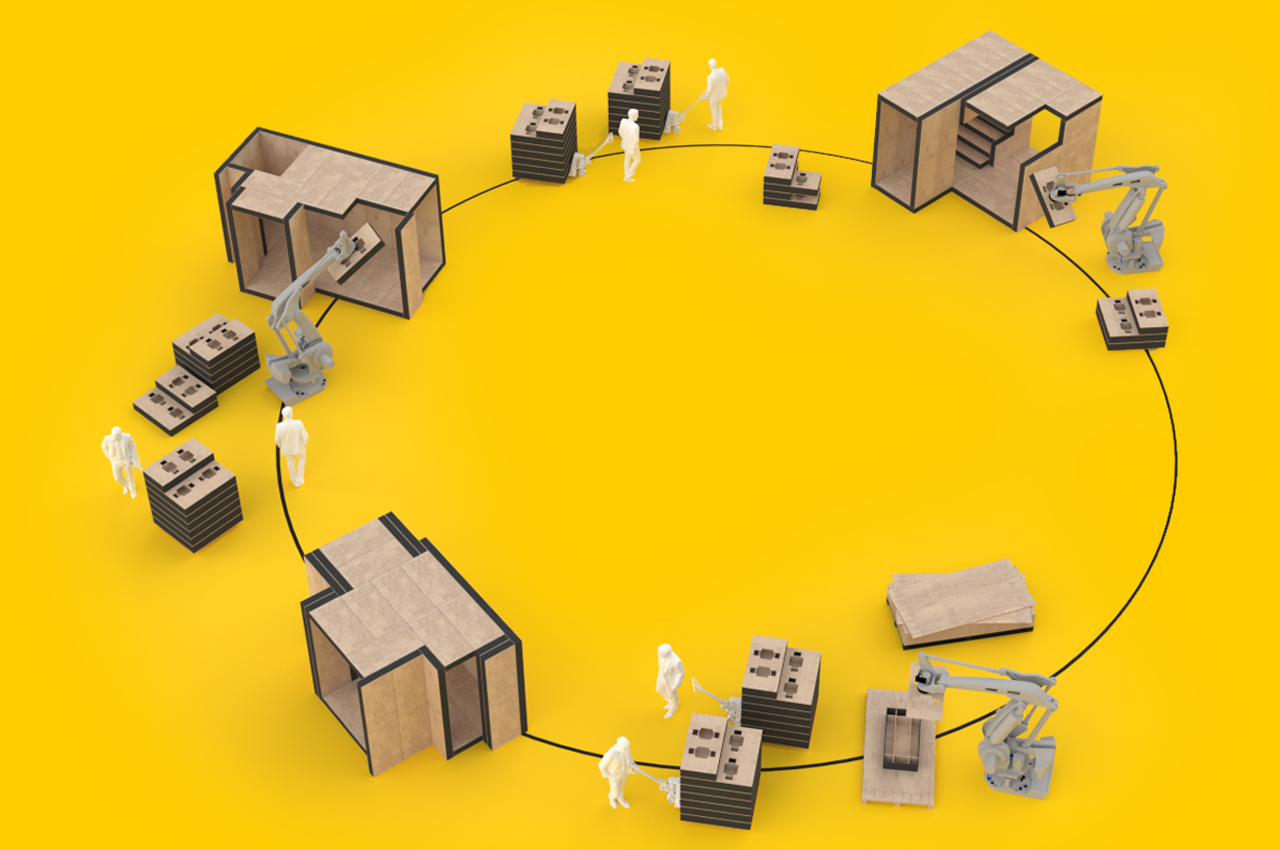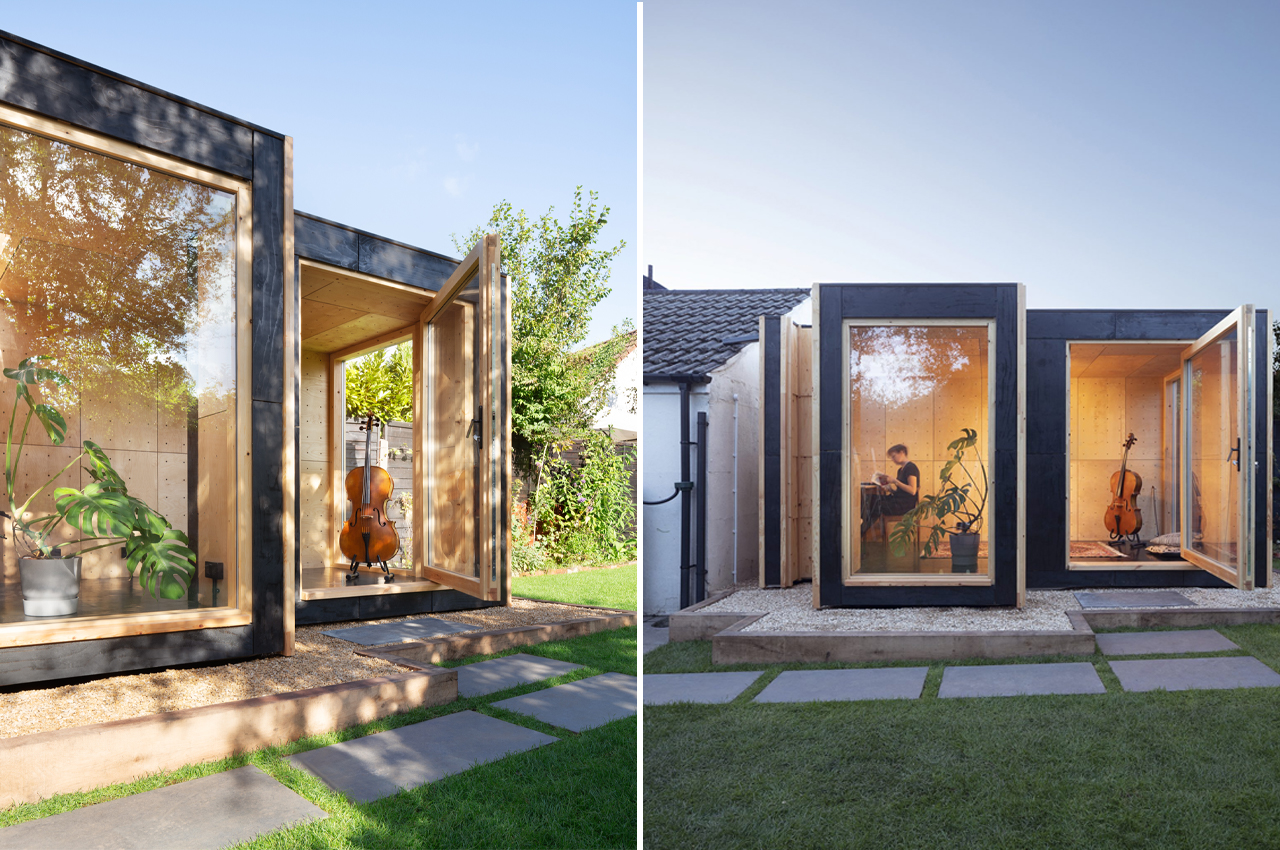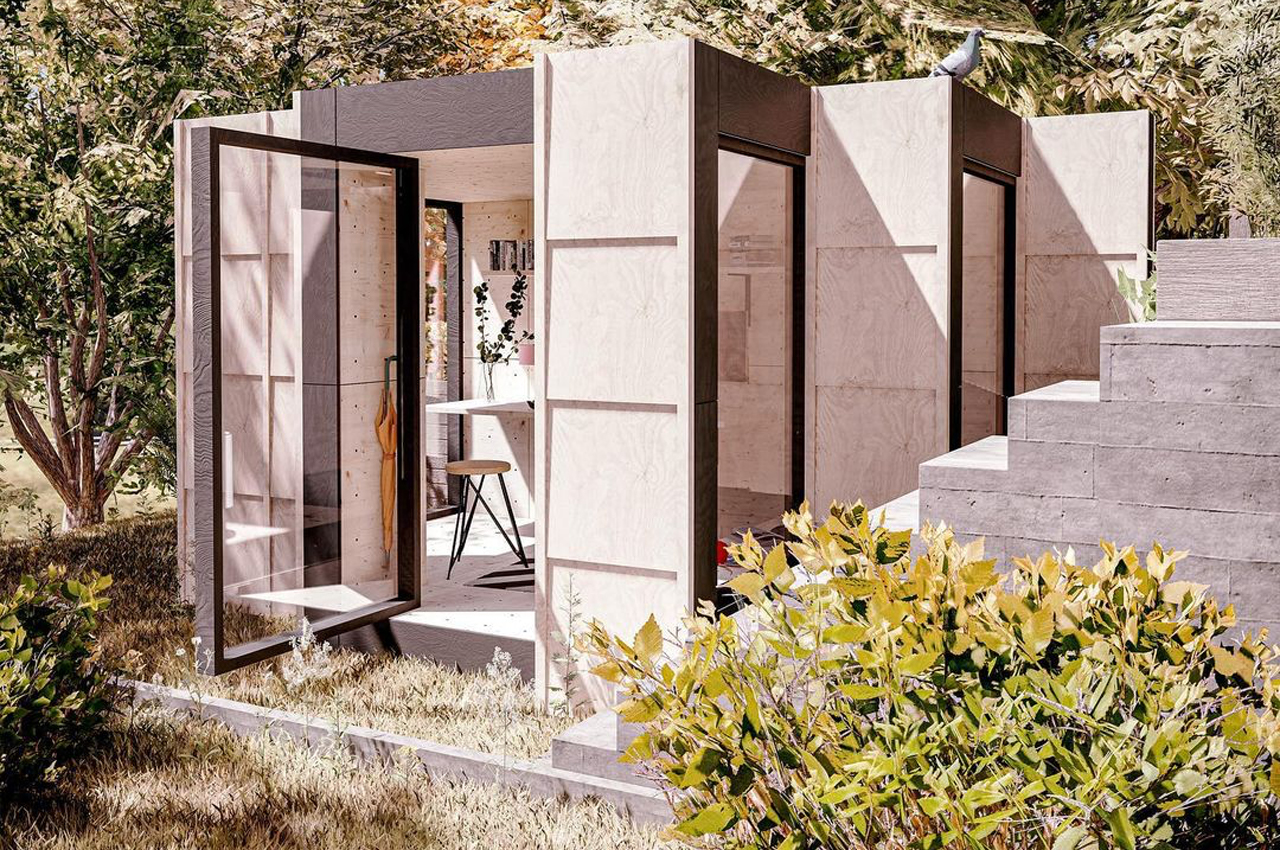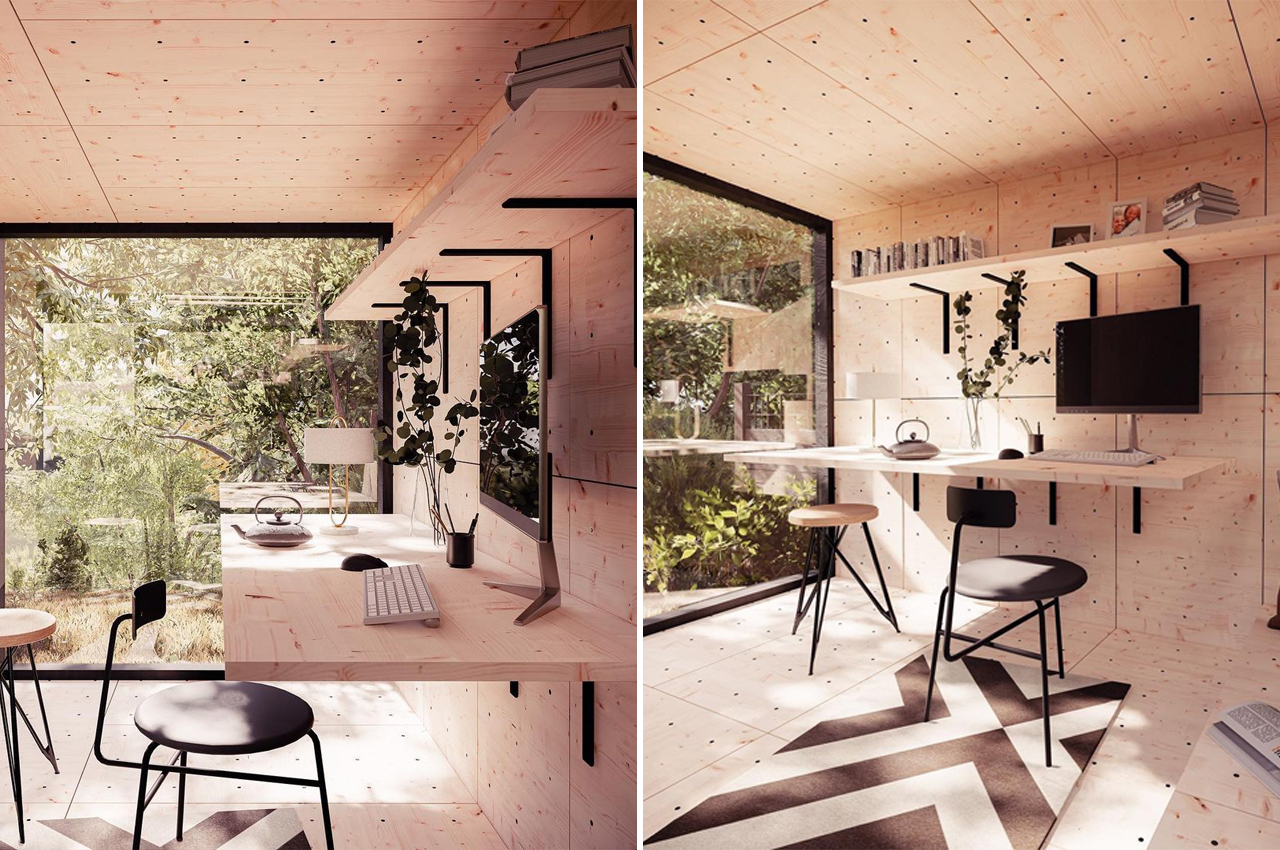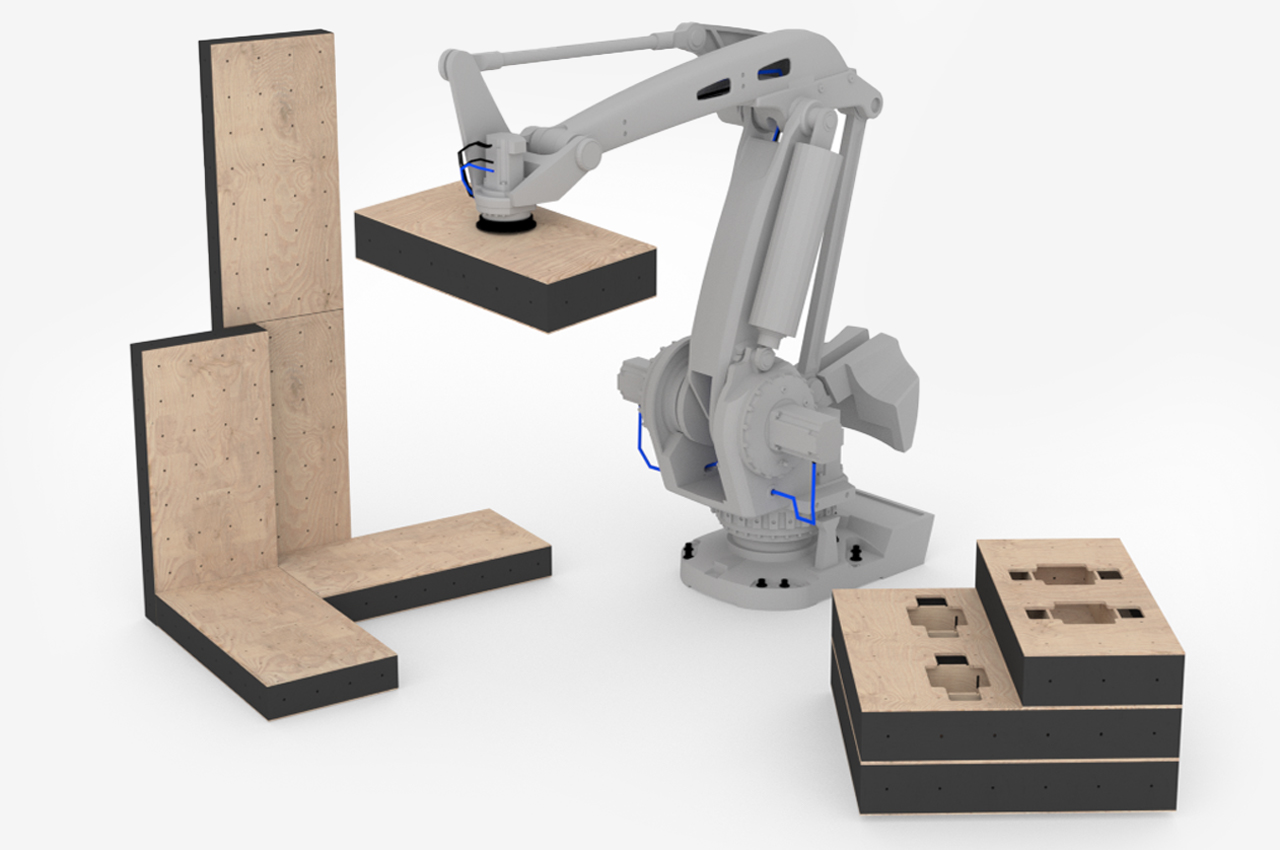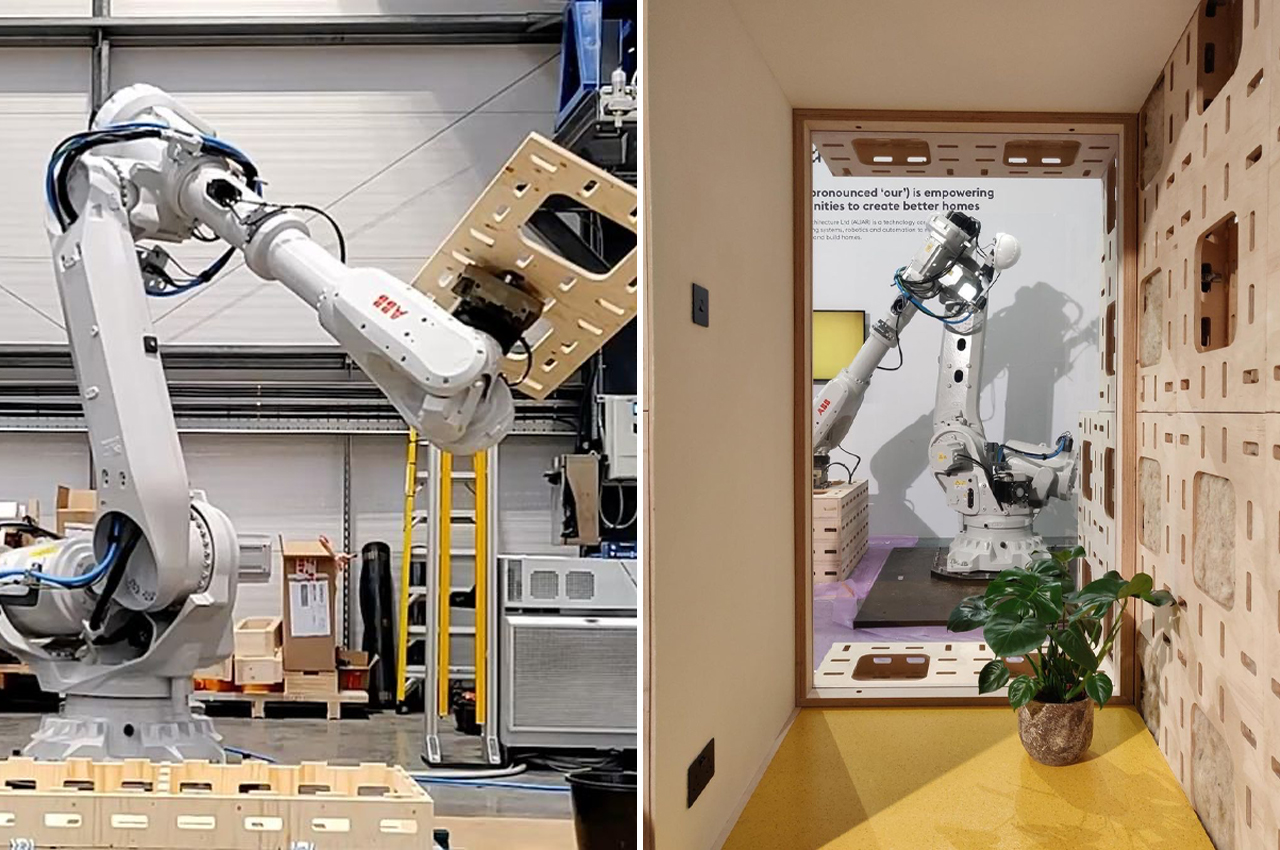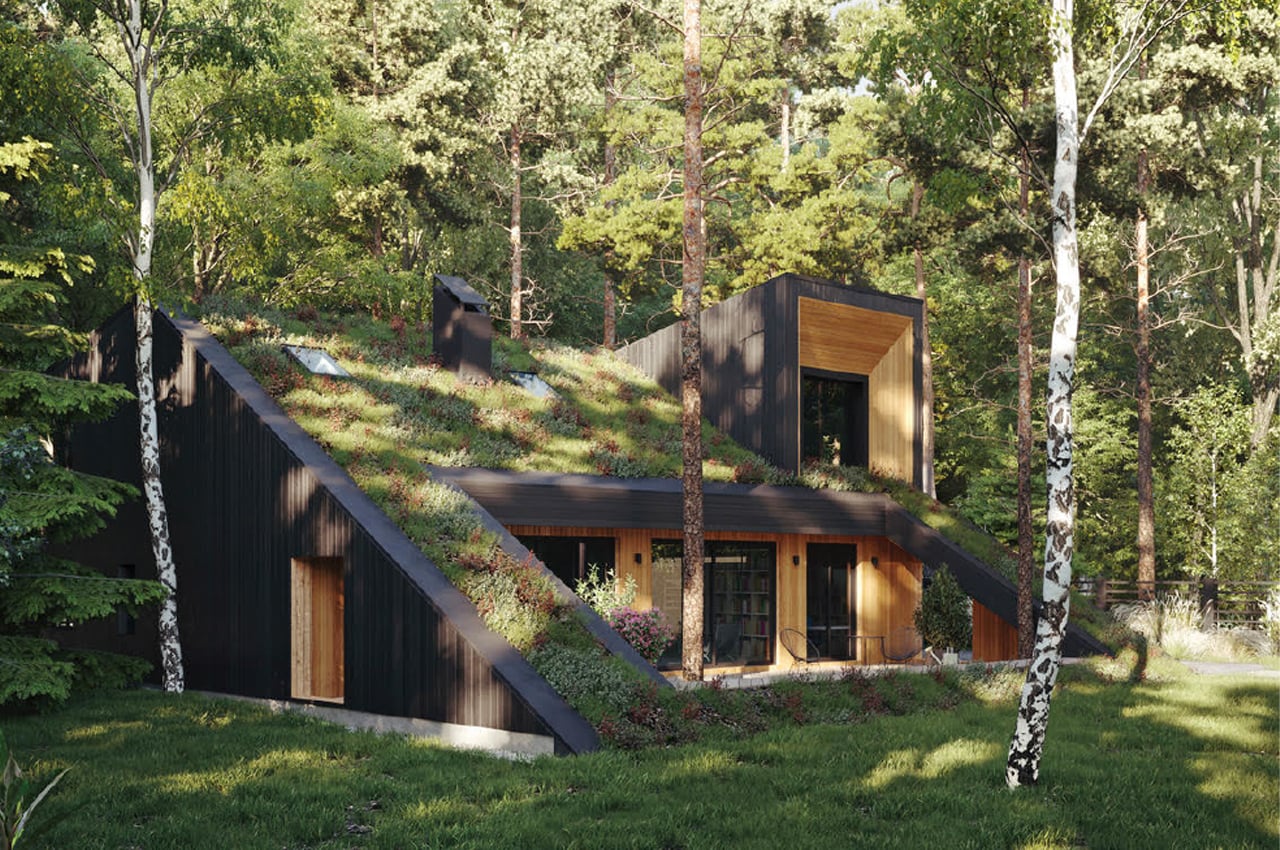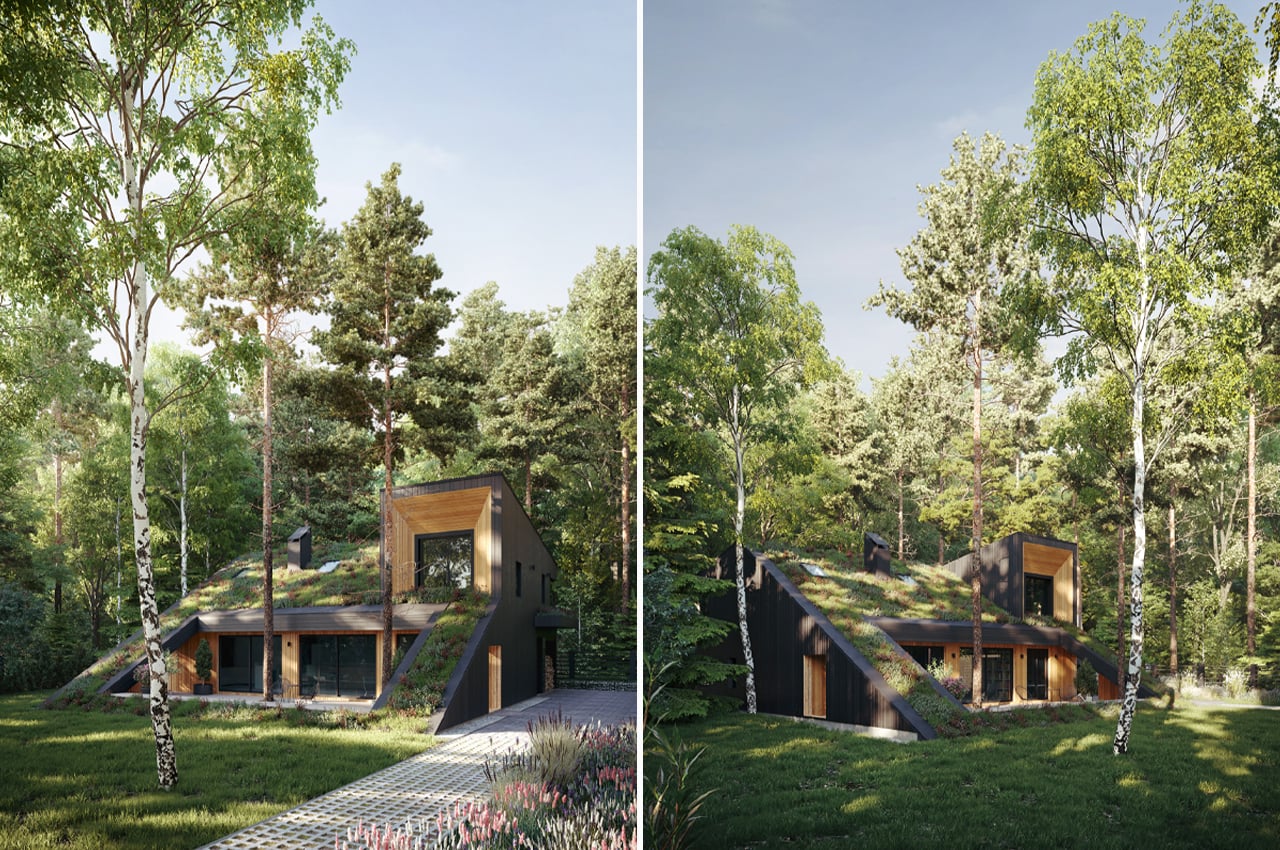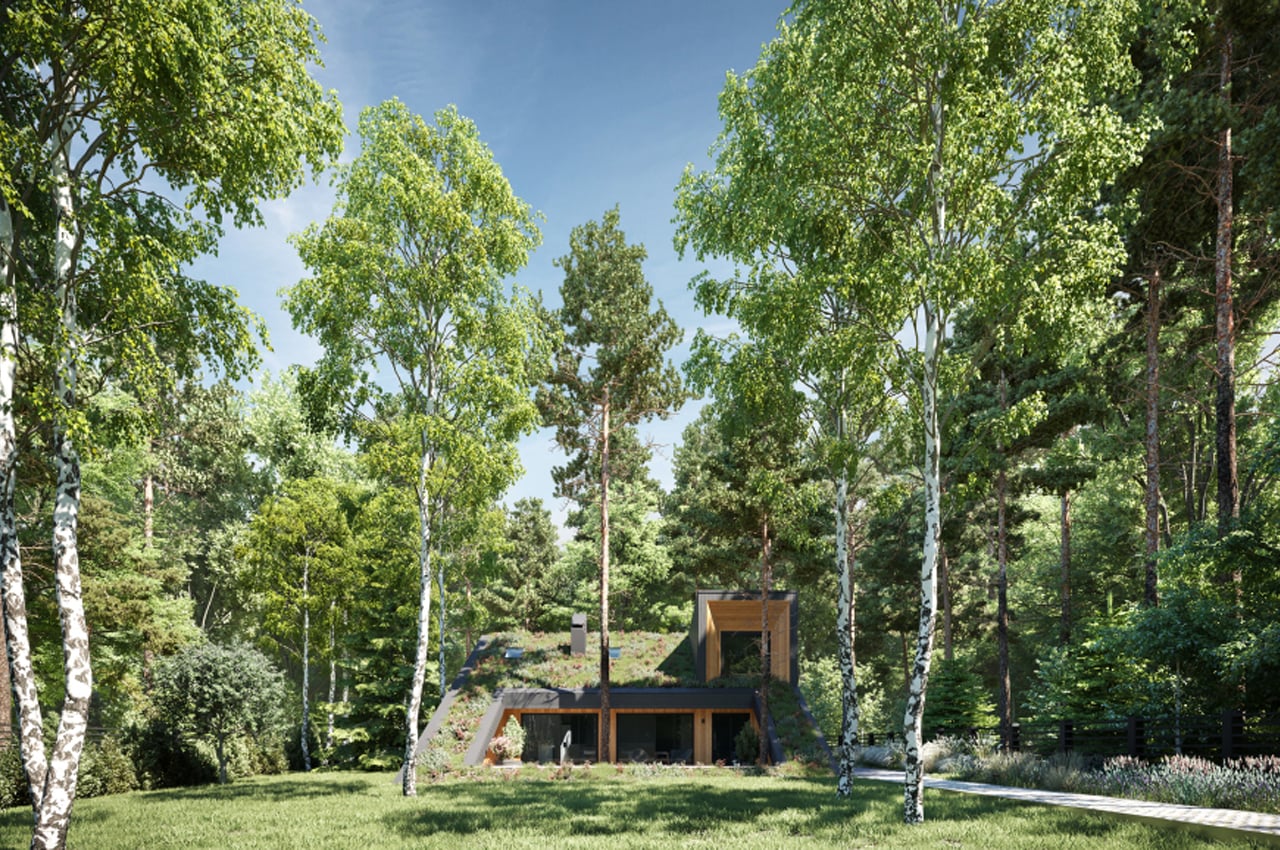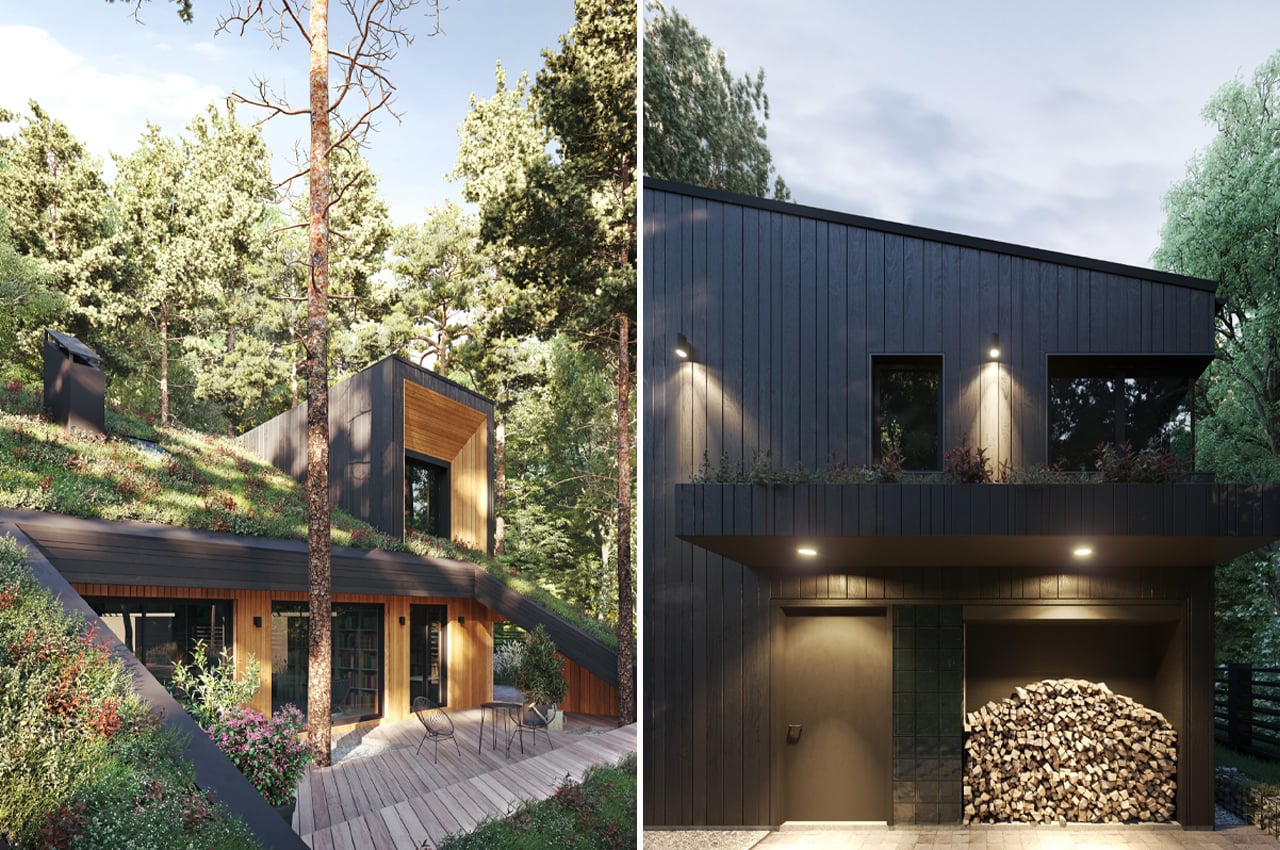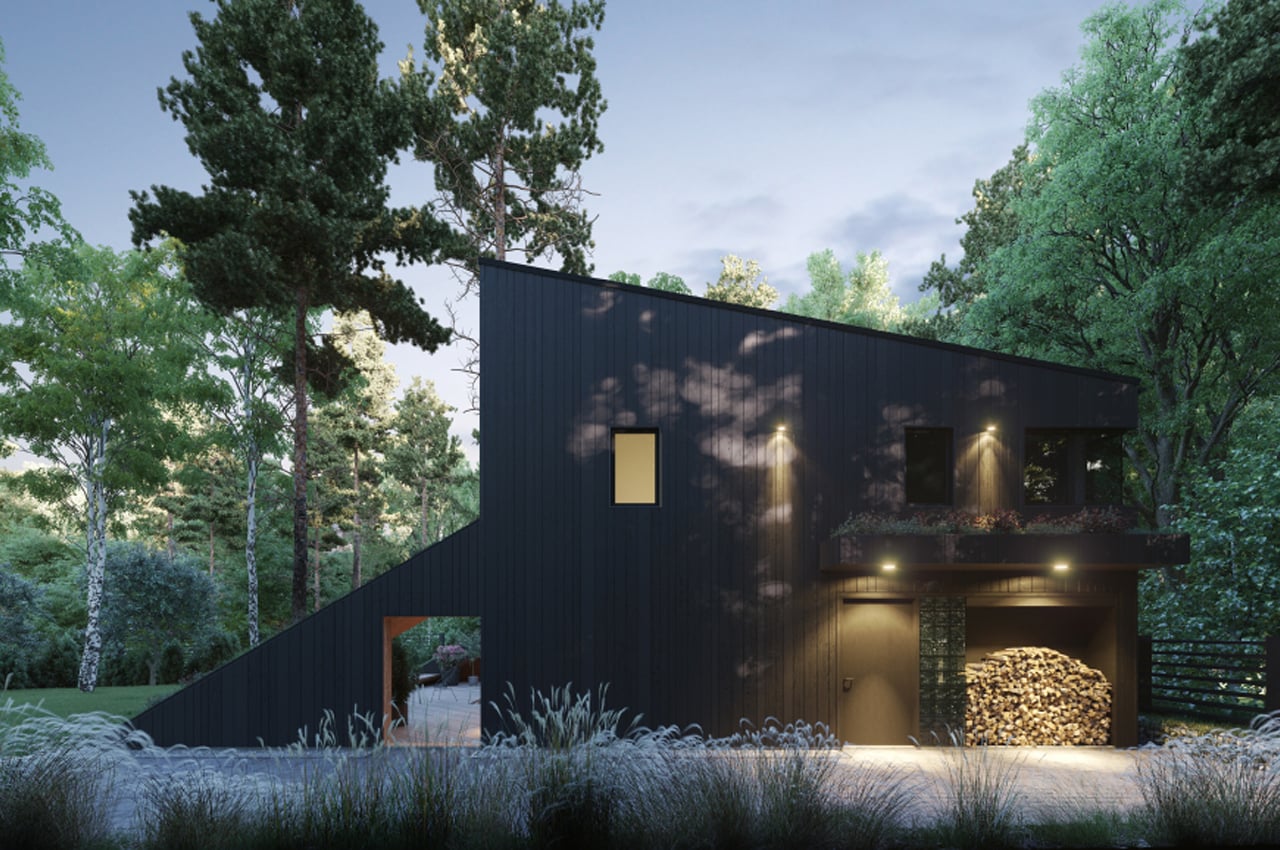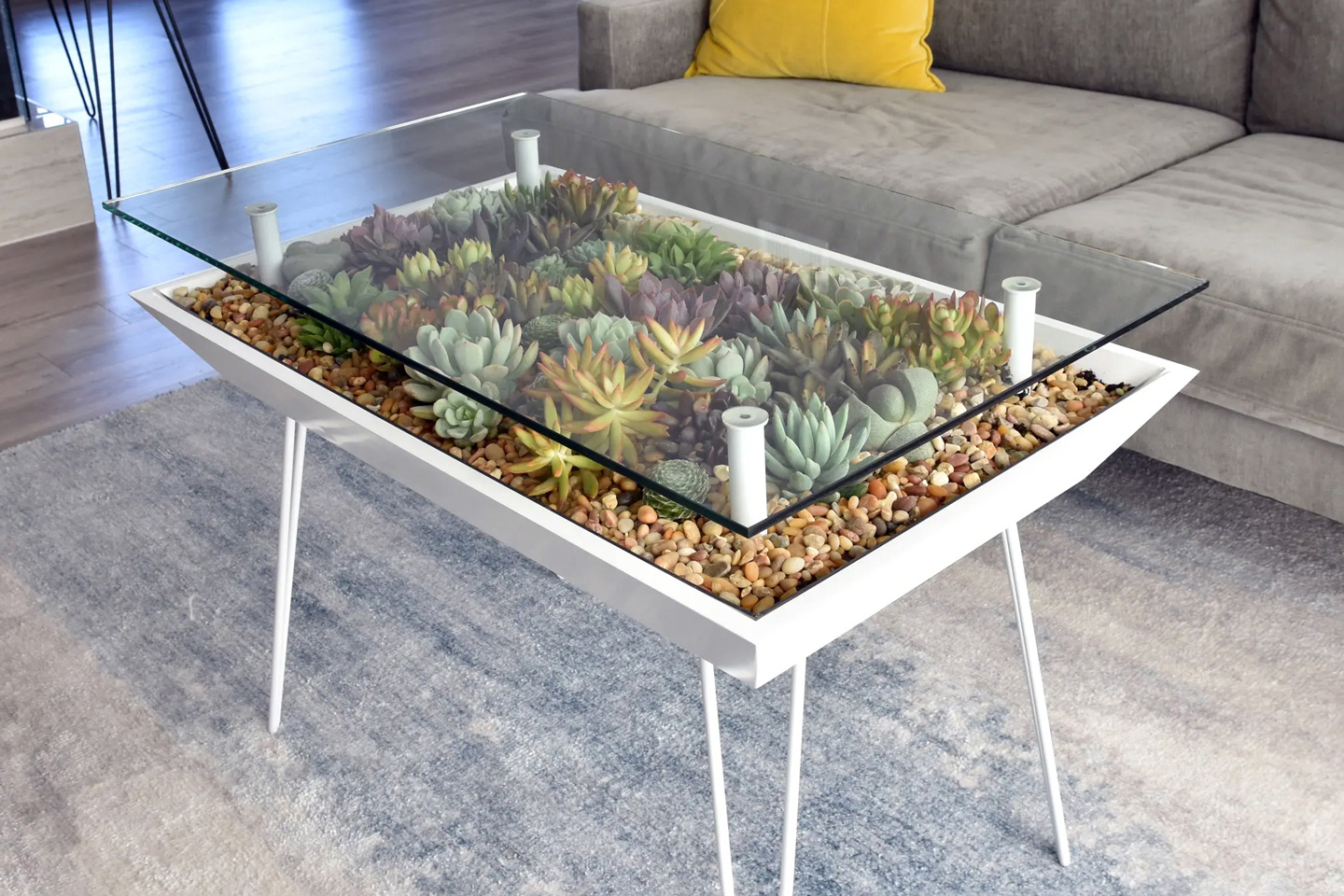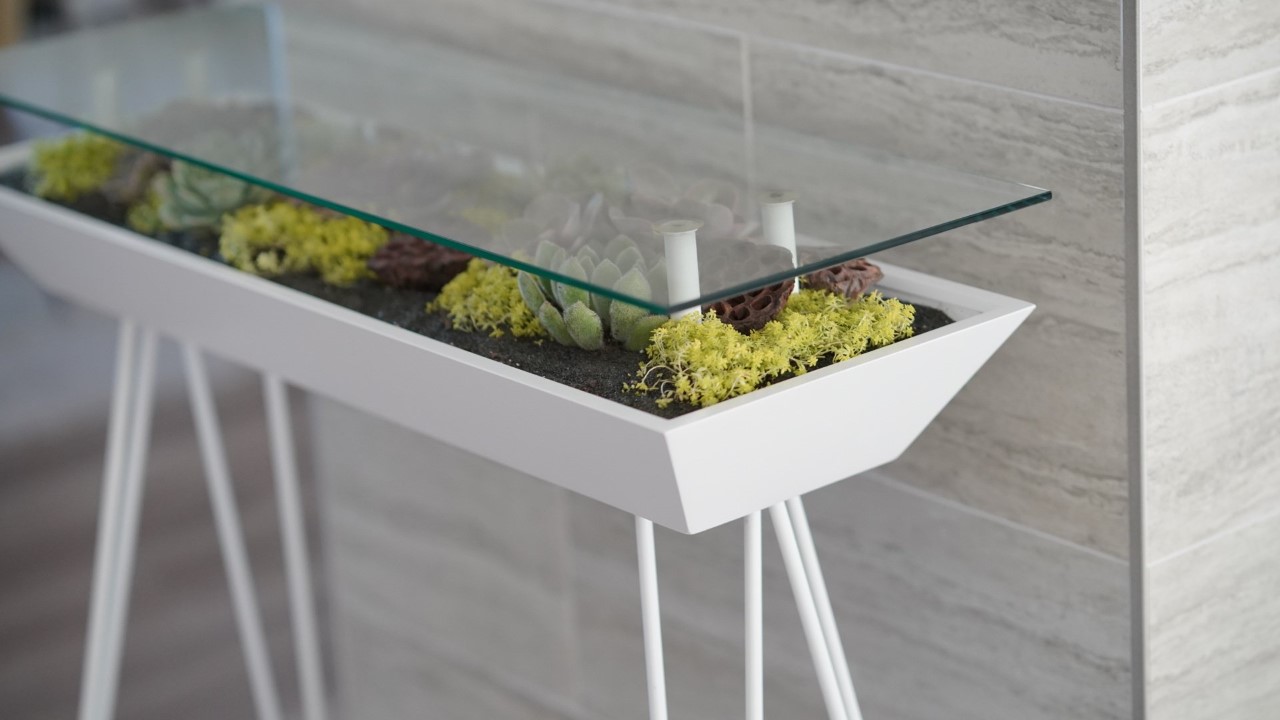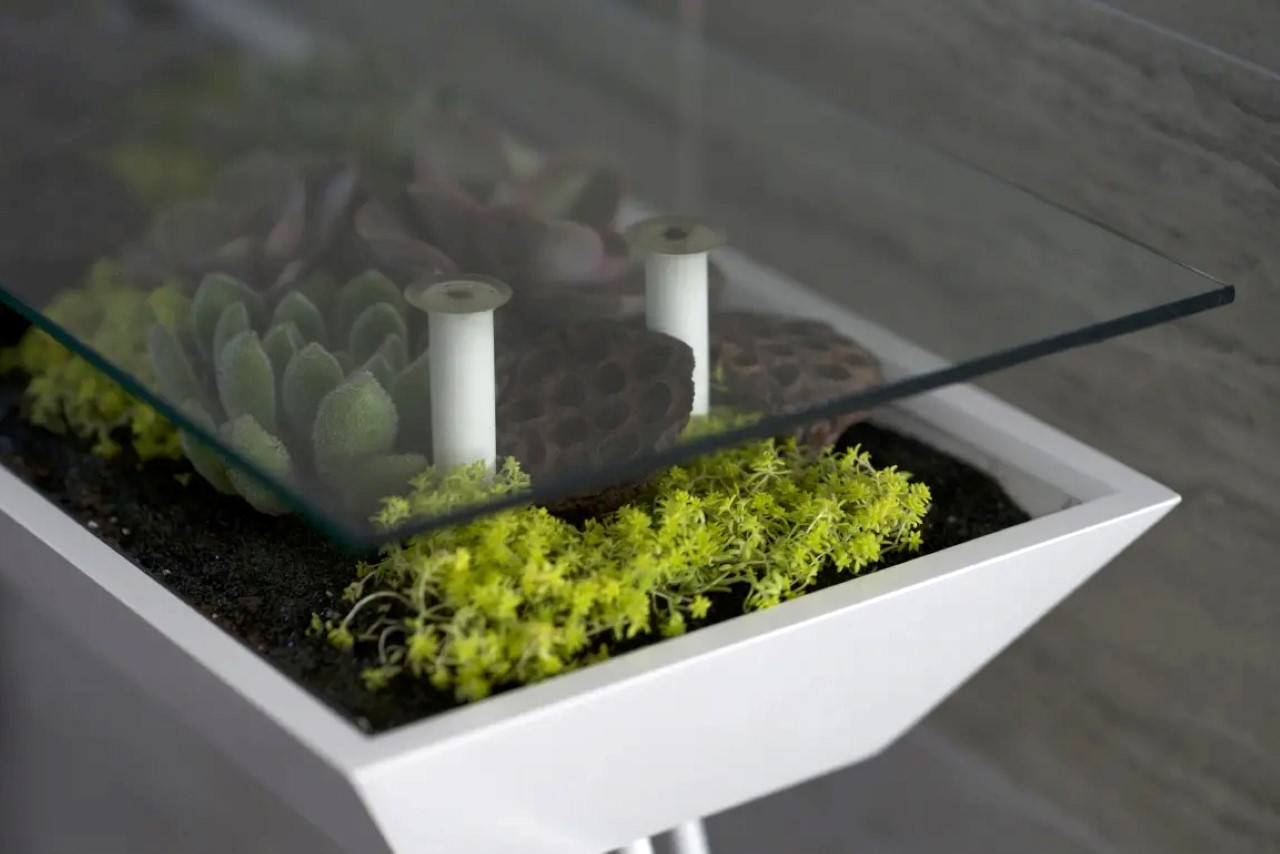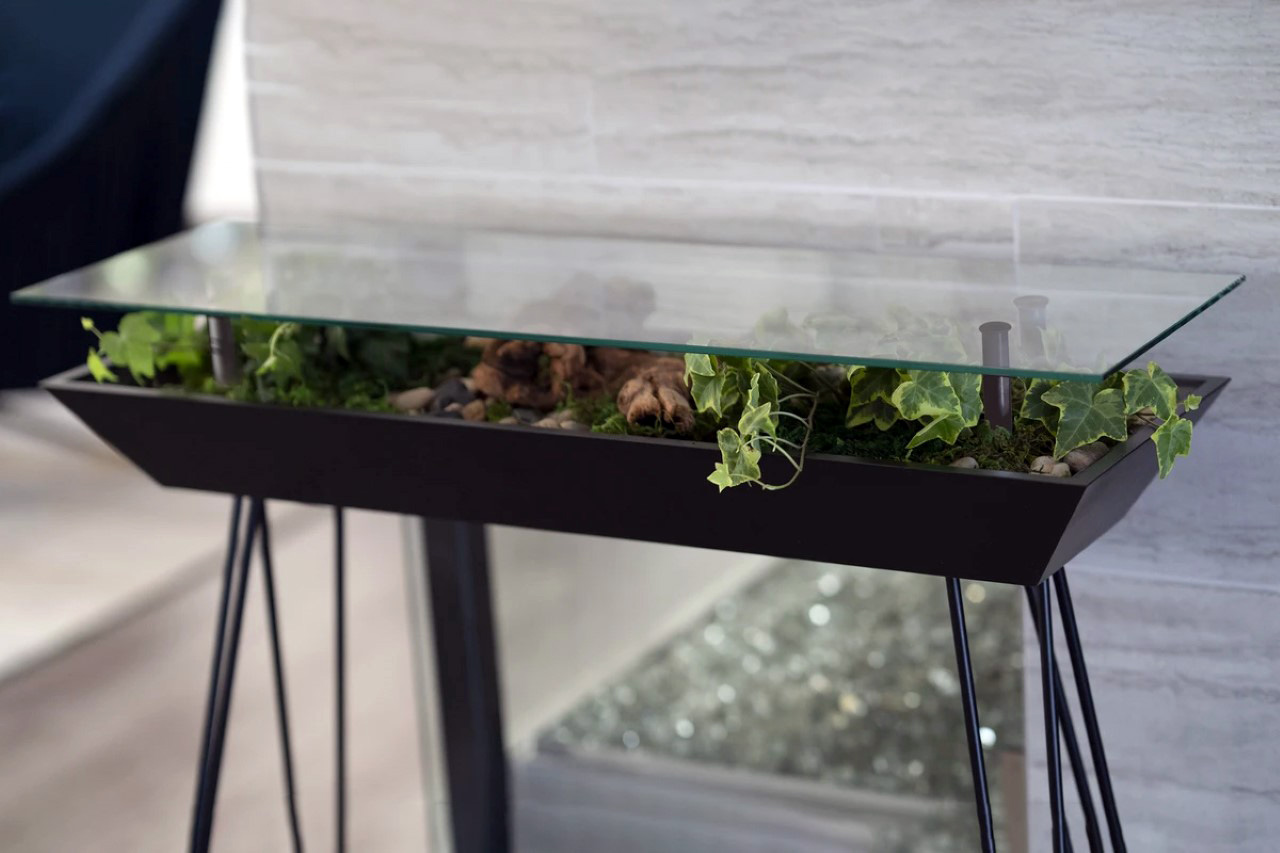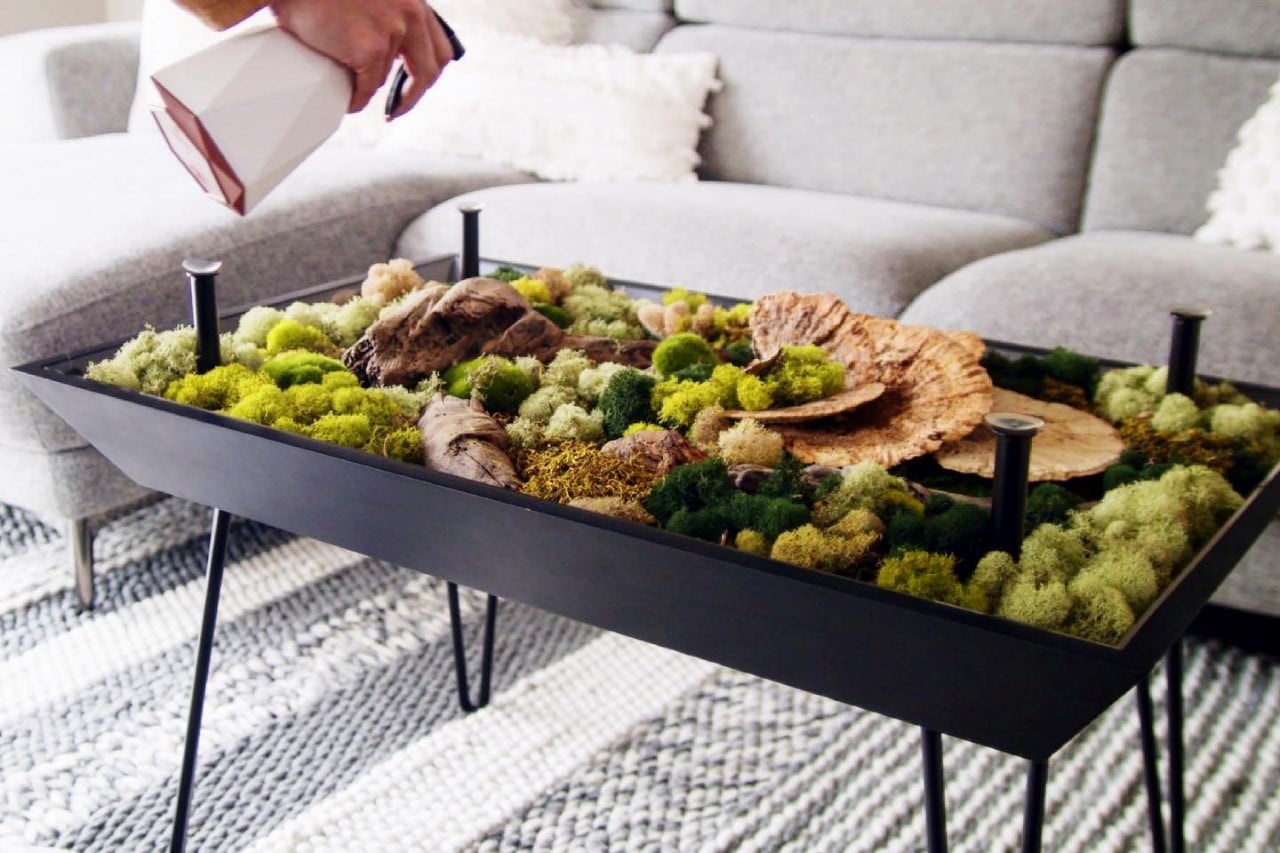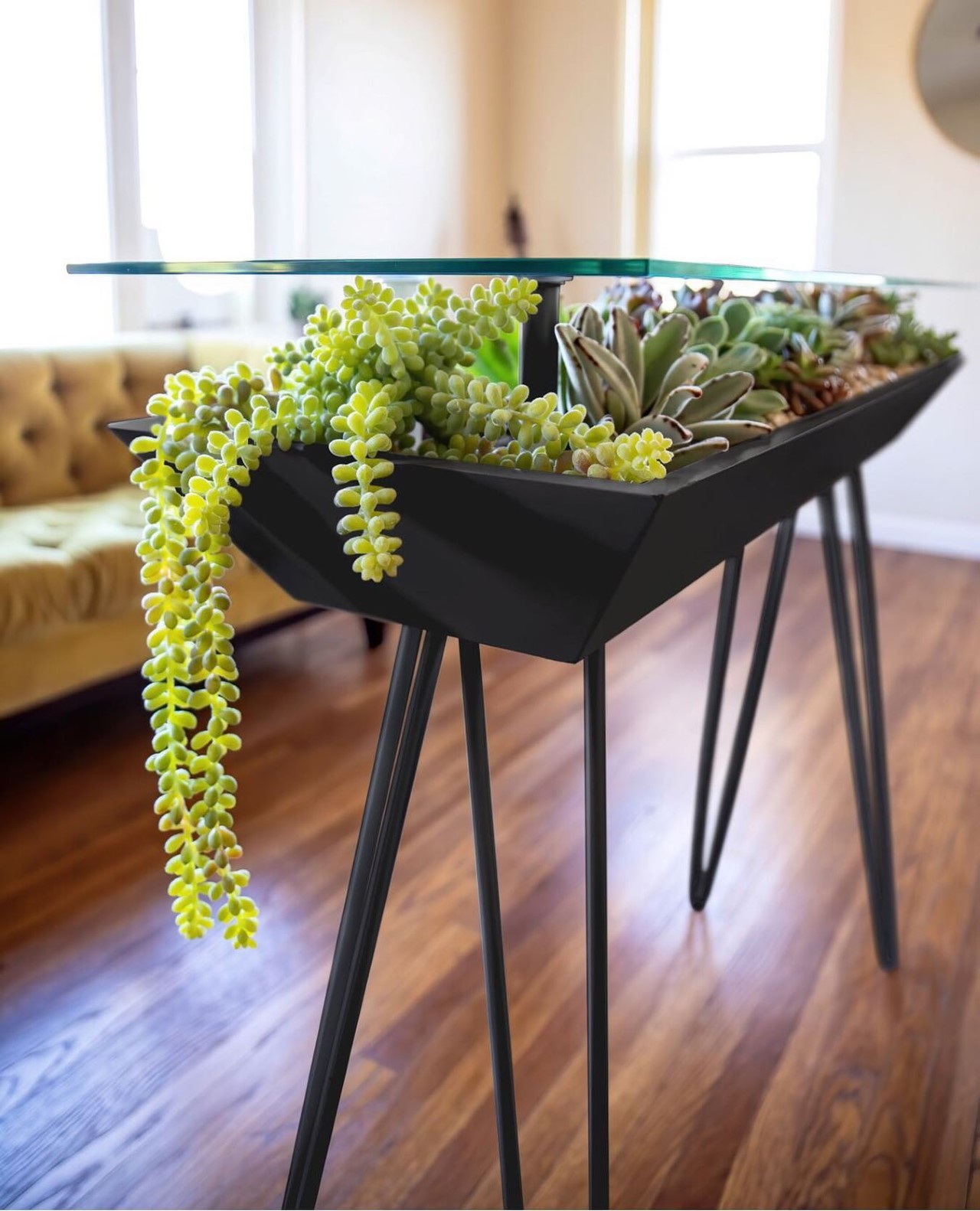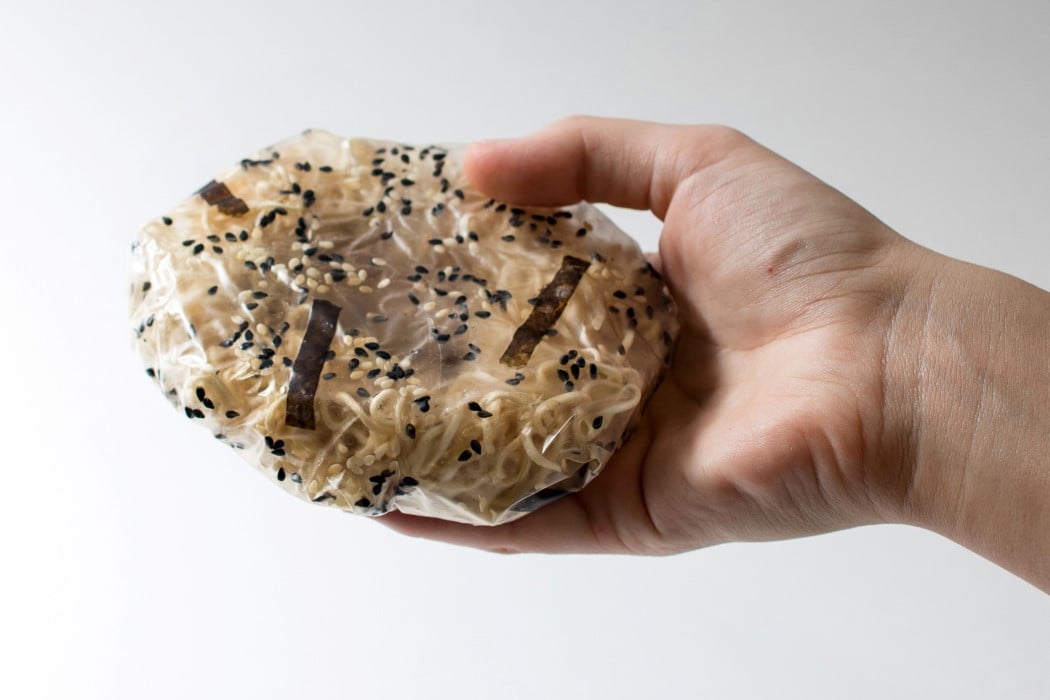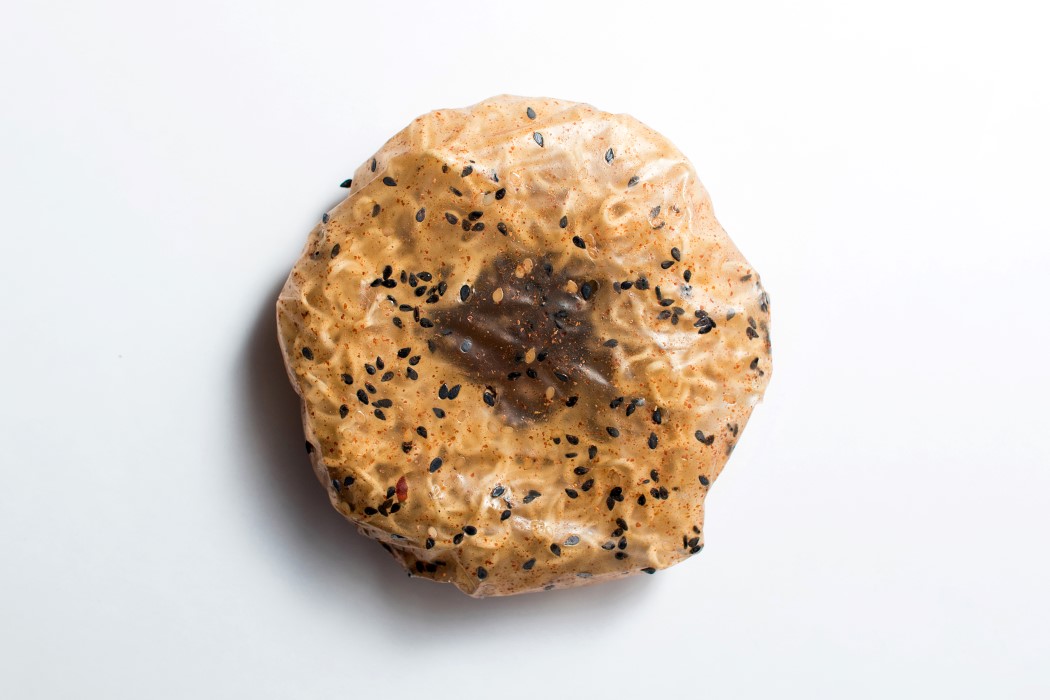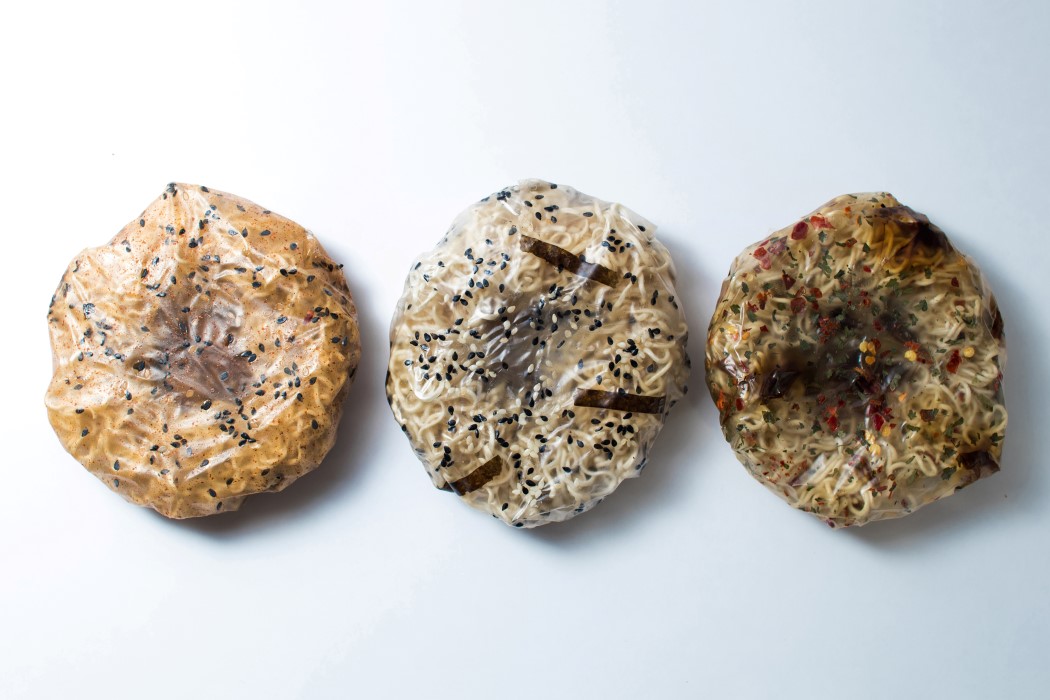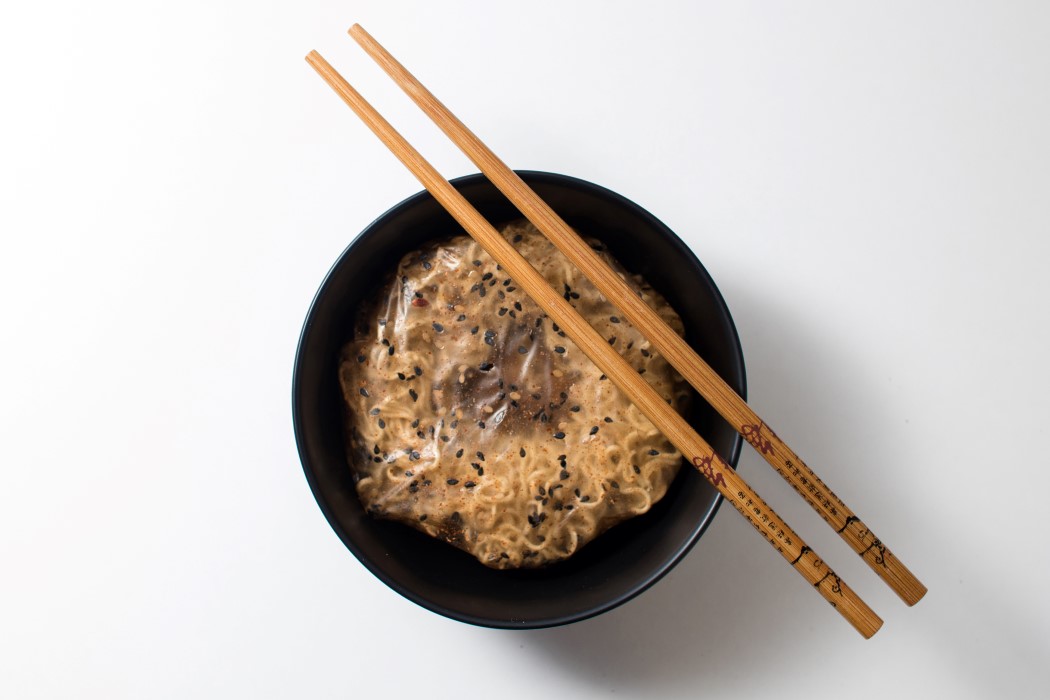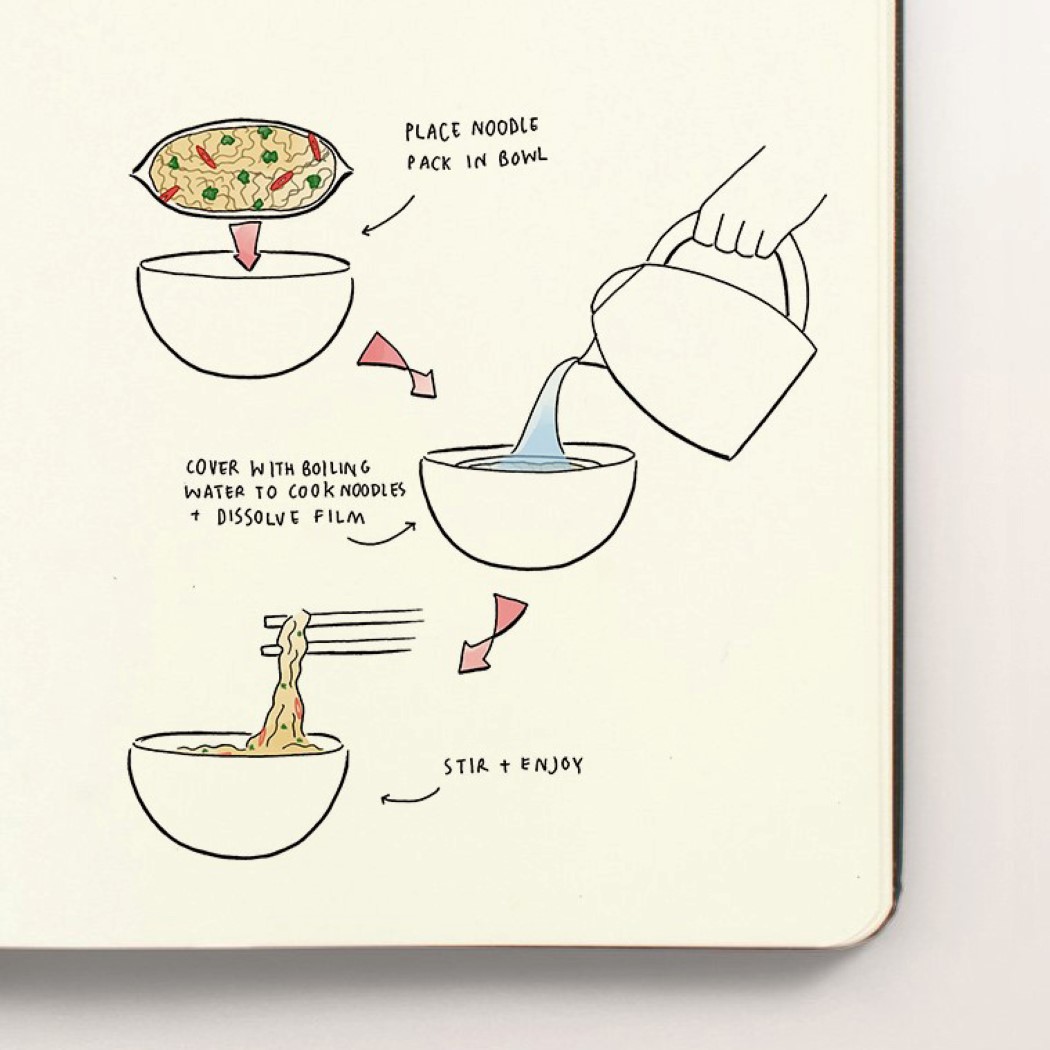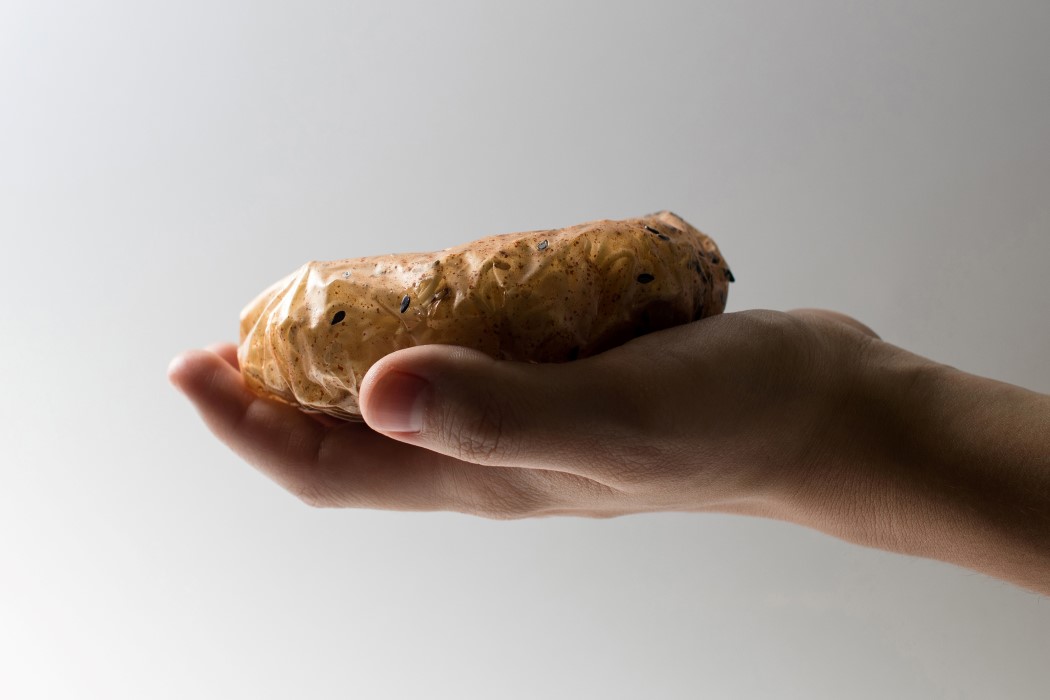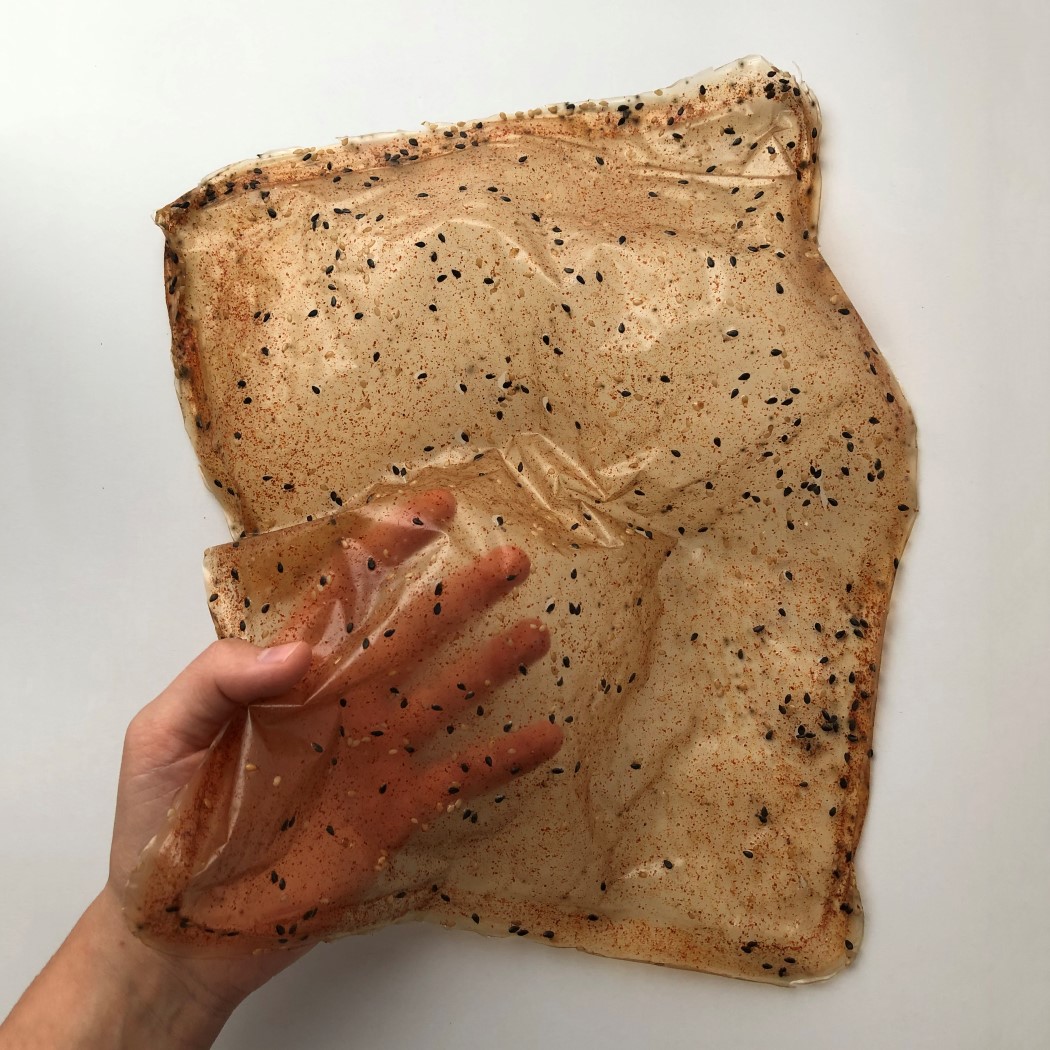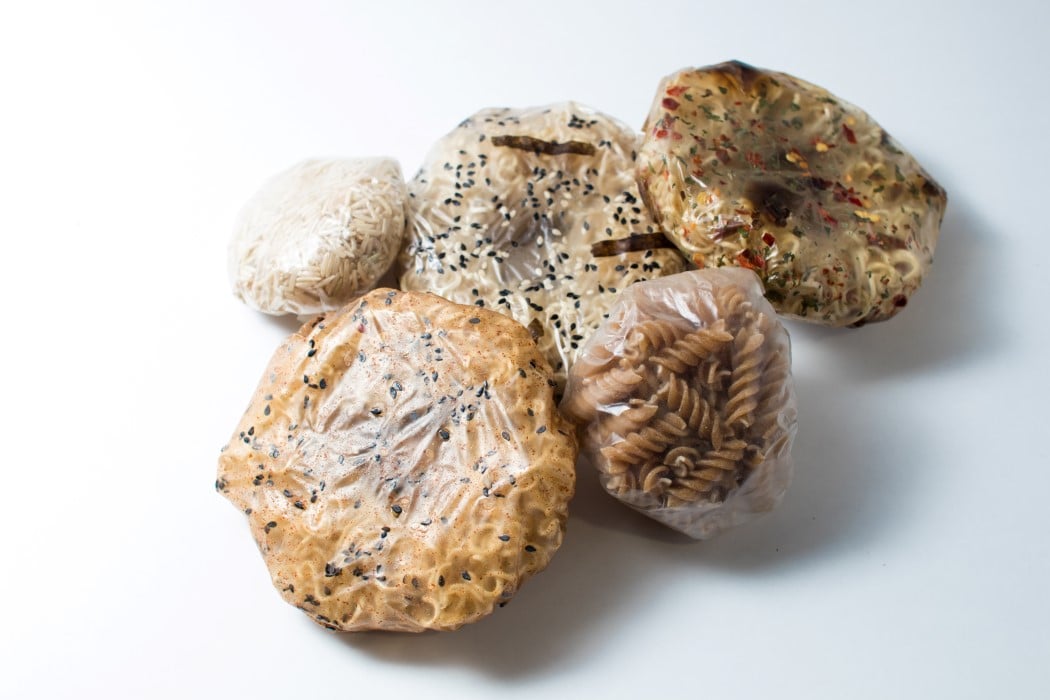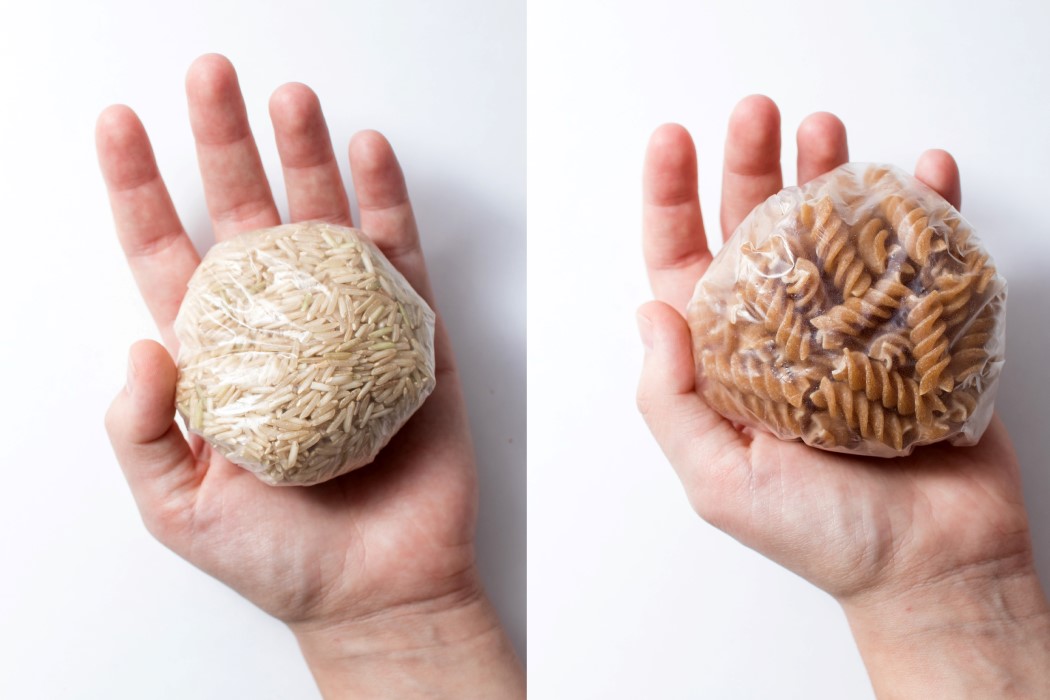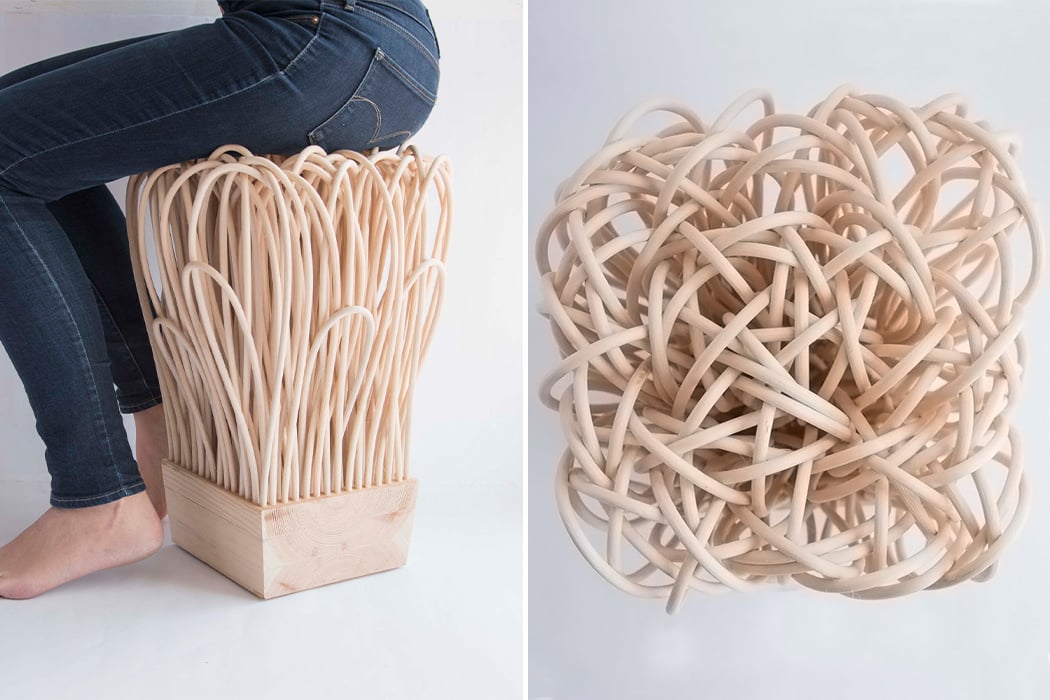
2020 was a life-altering and drastic year, and 2021 is probably our chance to redeem all our careless mistakes of the past and to start living more consciously and sustainably. We cannot ignore the needs of our planet anymore, we need to take the environment into consideration, and what better way to start doing that than from our own homes? Sustainable furniture is taking the design industry by storm, they’re a step towards making our homes and our daily lives more eco-friendly and sustainable. They’re an attempt to cast aside toxic materials, and instead, add furniture designs to our home that won’t rot away on Earth for years once we’re done with them. We’ve curated a collection of furniture products created from cork, bamboo, rattan, and even orange peels! The options are endless, and the end result is the same – a greener, healthier, and happier Mother Earth!
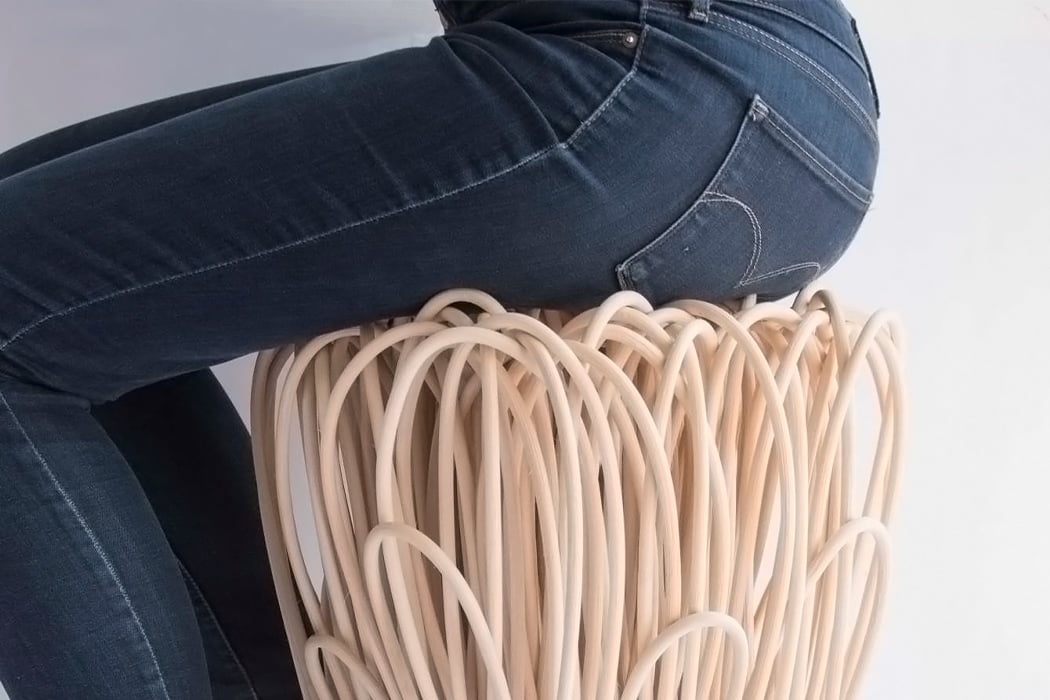
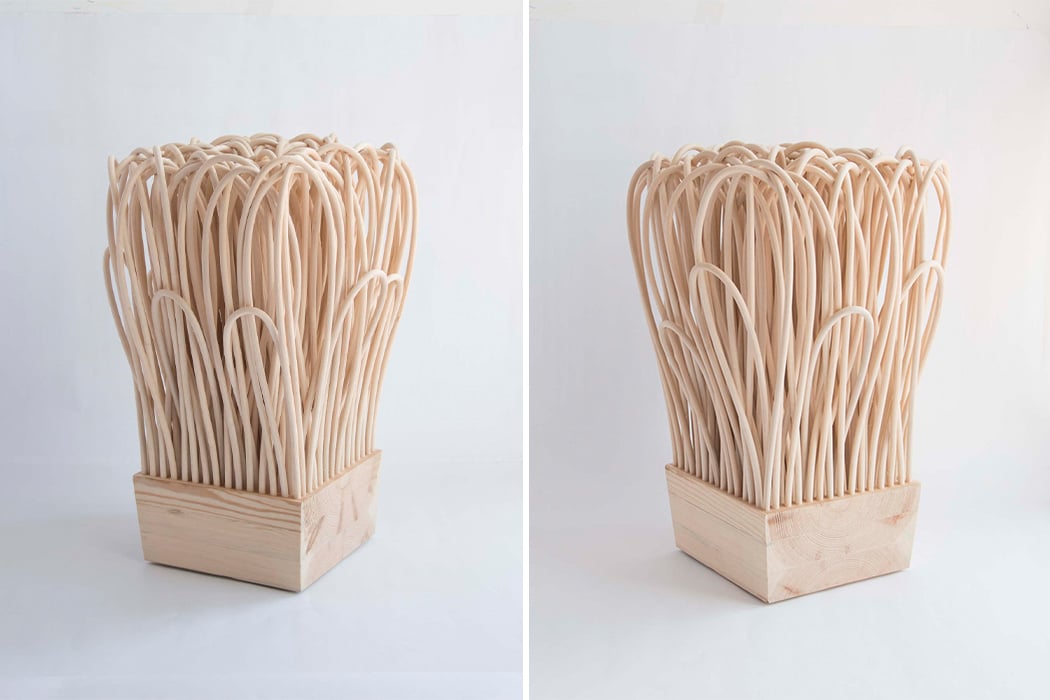
Rattan is an eco-friendly natural material that is usually used in the creation of baskets or furniture, especially chairs. It is sustainable and resilient which makes it an exceptional wood that renews in just 5-7 years. Designers love rattan for creating furniture because the manufacturing is low-tech and the production process usually involves crafting by hand or using facilities that do not negatively impact the environment. Rattan is also an easy material to mold physically and creatively to fit your idea, it accepts paints and it can be worked into many styles. Moreover, the inner core can be separated and worked into wicker – talk about reducing waste! This stool explores the malleability of rattan as a material in furniture design, we are so used to seeing it in a checkered woven form that the noodle-like seating of this piece becomes a testament to how we can
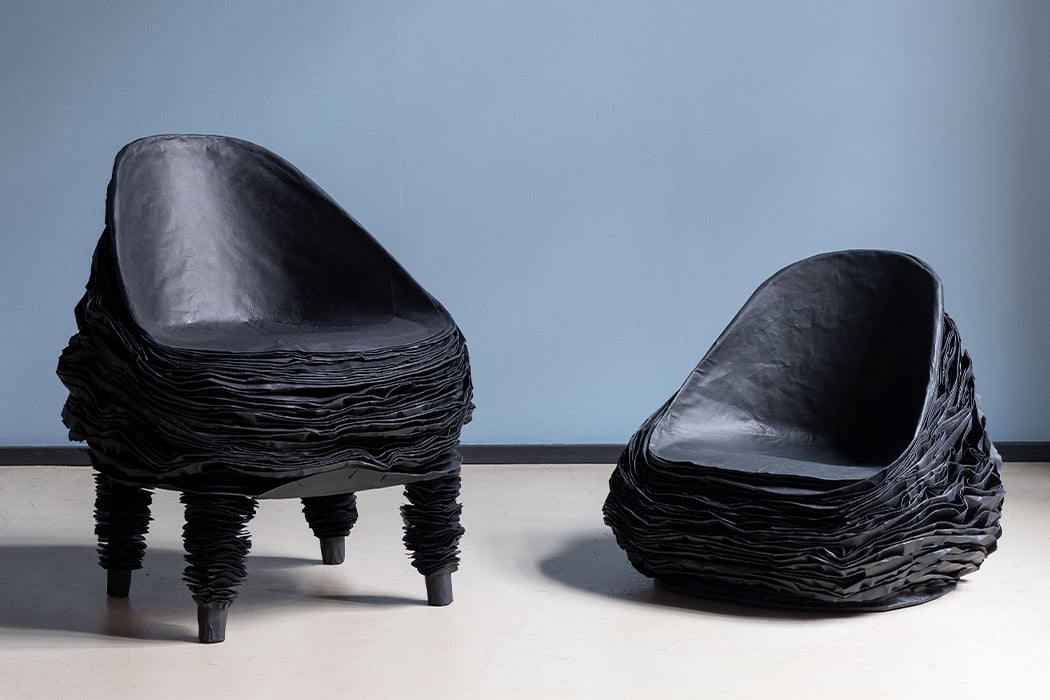
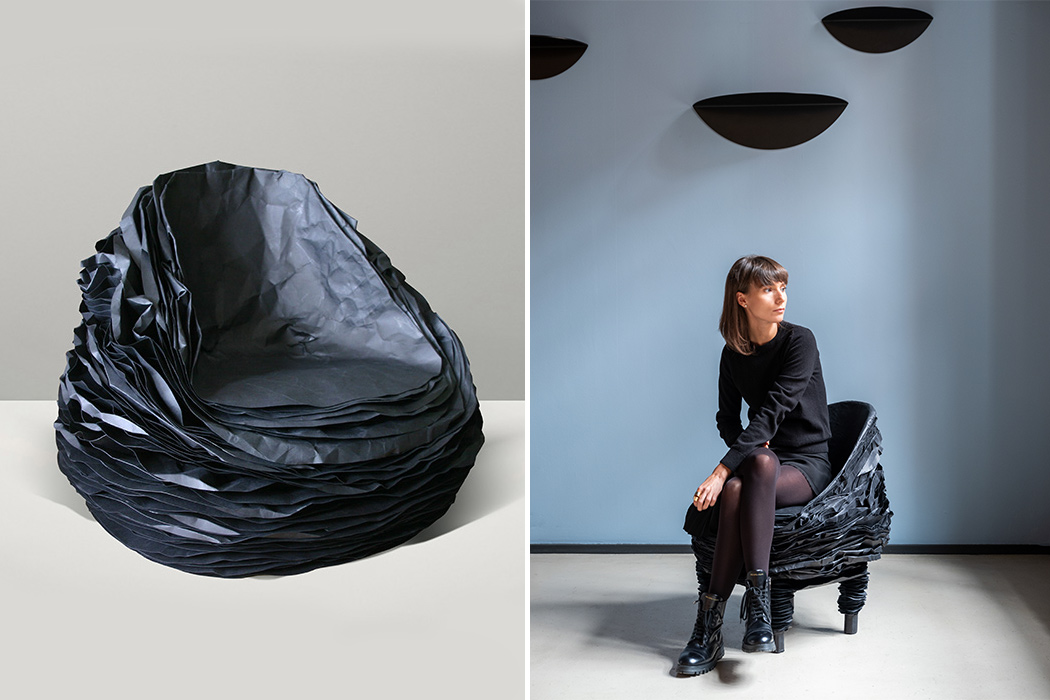
Vadim Kibardin decided to give an innovative, sustainable twist to it and designed furniture from paper. Why is his furniture a piece of art? Well, he has spent 5,110 hours making it by hand! Every piece of furniture that Kibardin makes is one of a kind, there is no mold and he shapes them all himself. We are now moving towards a sustainable lifestyle but Kibardin has been doing this for over 25 years – he has successfully recycled 2000 pounds of cardboard which is equivalent to saving 17 trees. To put it into perspective, 17 trees absorb 250 pounds of carbon dioxide each year and we need to ramp up the materials we use in design so that they serve a functional purpose while also contributing to slowing down the climate crisis.
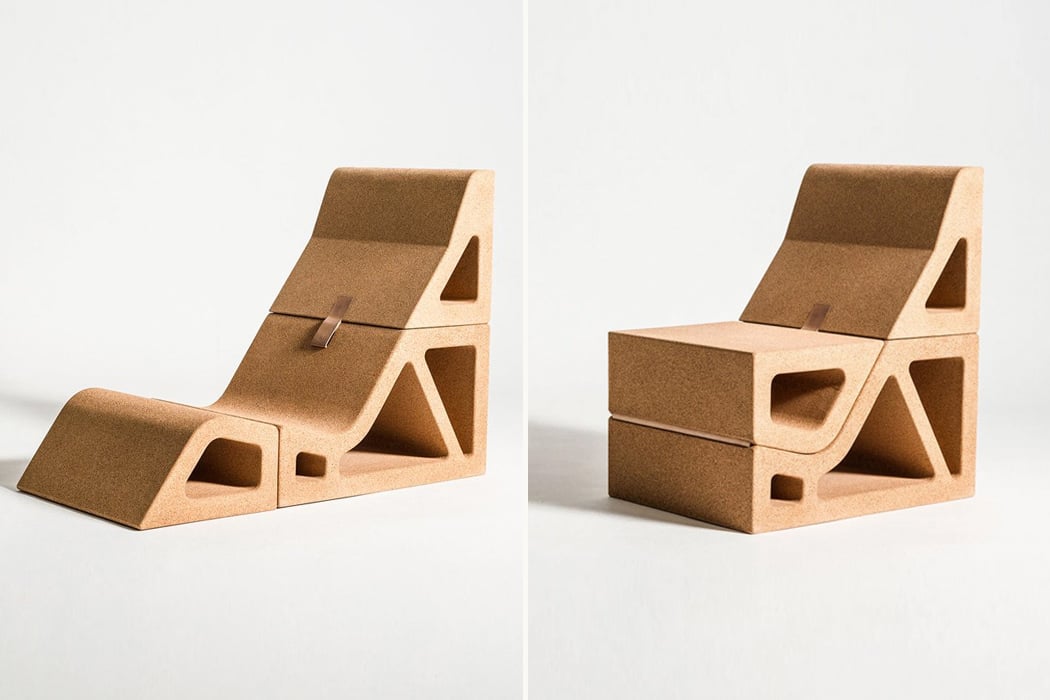
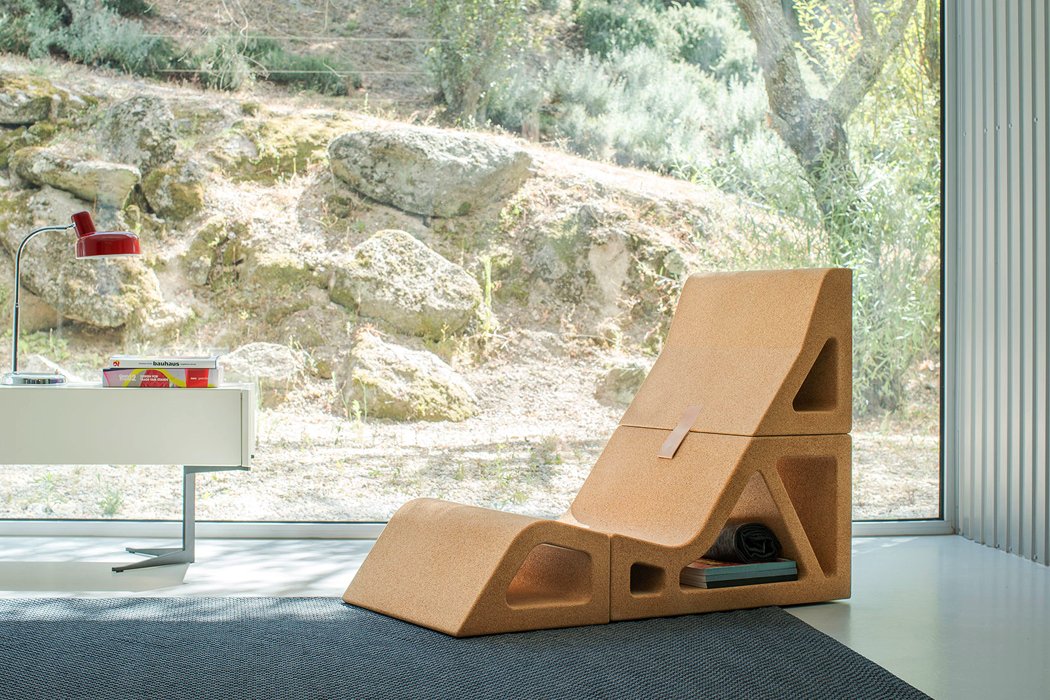
Architect, designer, and creative director – José Manuel Carvalho Araújo who Graduated in architecture from the architecture schools of Oporto and Lisbon, Carvalho Araújo, has a keen eye for product design, making him a well-renowned name in his spheres. His simple yet highly useful chair design christened Tumble is the perfect example of intuitive product design that is well-tailored for ultra-modern interiors. It is essentially a platform that serves as a chair, side table, bench seat, storage unit, bookshelf, center table, or lounger. Depending on the nature of use and the available interior space, Tumble can be put to good use with a bit of creative thinking. The furniture piece is crafted out of natural agglomerated cork and natural oak, making it good for the environment too.
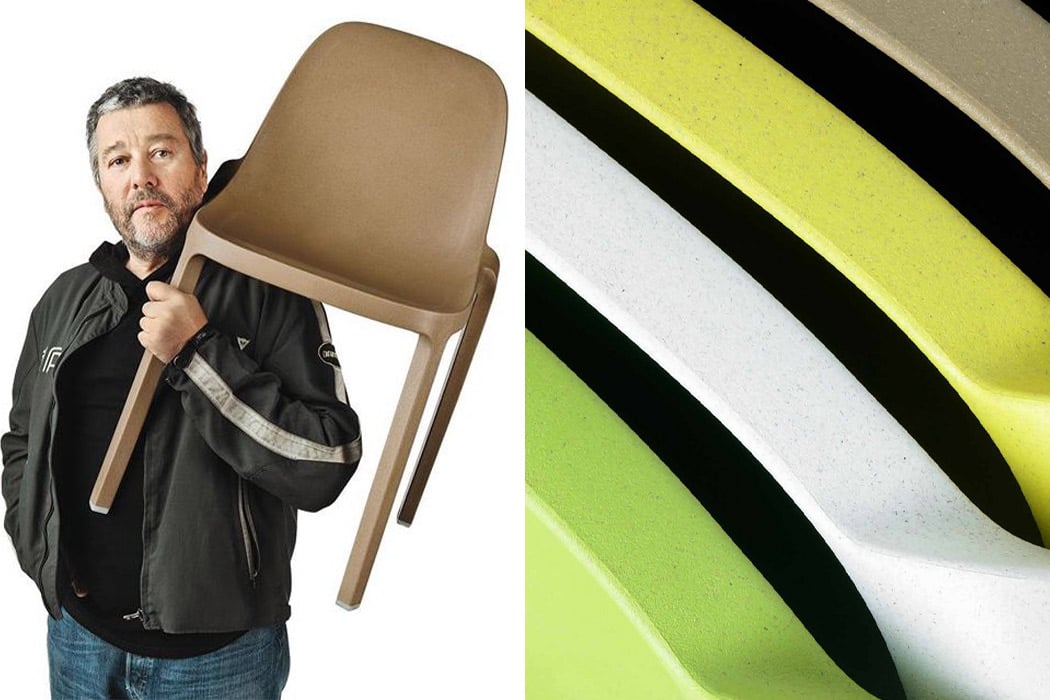

Broom is the ingenious result of a design collaboration that both avoids and eliminates waste. It is made from a compound of industrial waste from lumber factories and industrial plastic plants – 75% waste polypropylene and 15% reclaimed wood that usually ends up in the trash. It checks all the boxes for sustainable furniture with its three-fold environmental impact – less energy, less waste, and less carbon. “With the Broom chair, it is about less and more. We chose less – less “style”, less “design”, less material, less waste, less energy. And so, the Broom chair became so much more,” says Starck when talking about the design process to make a chair that does more than being a surface to sit on.
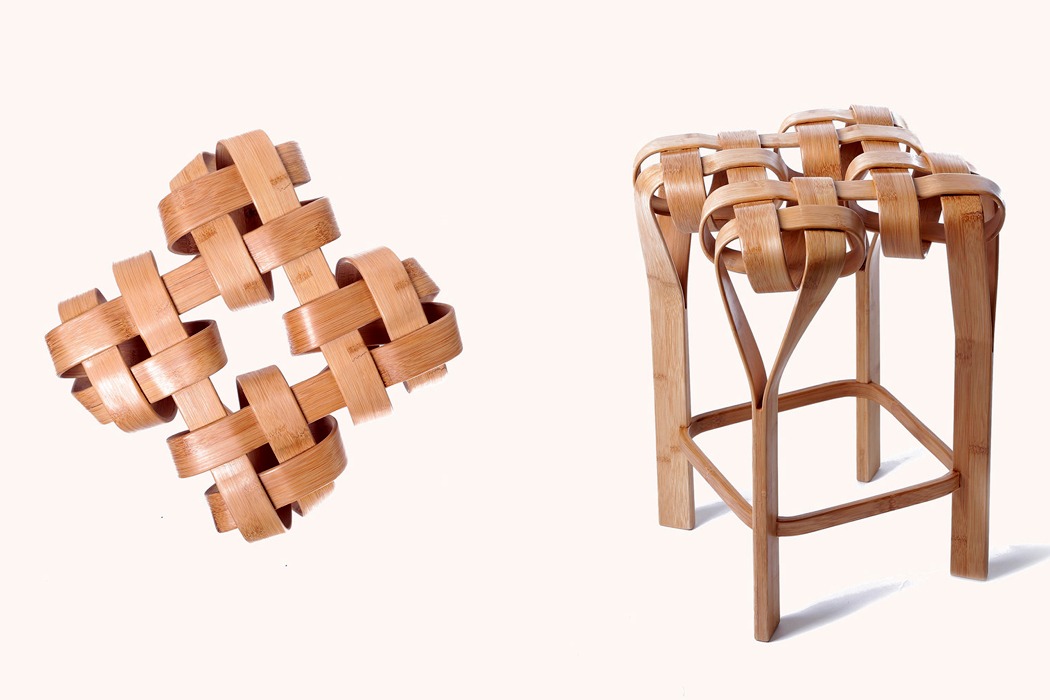
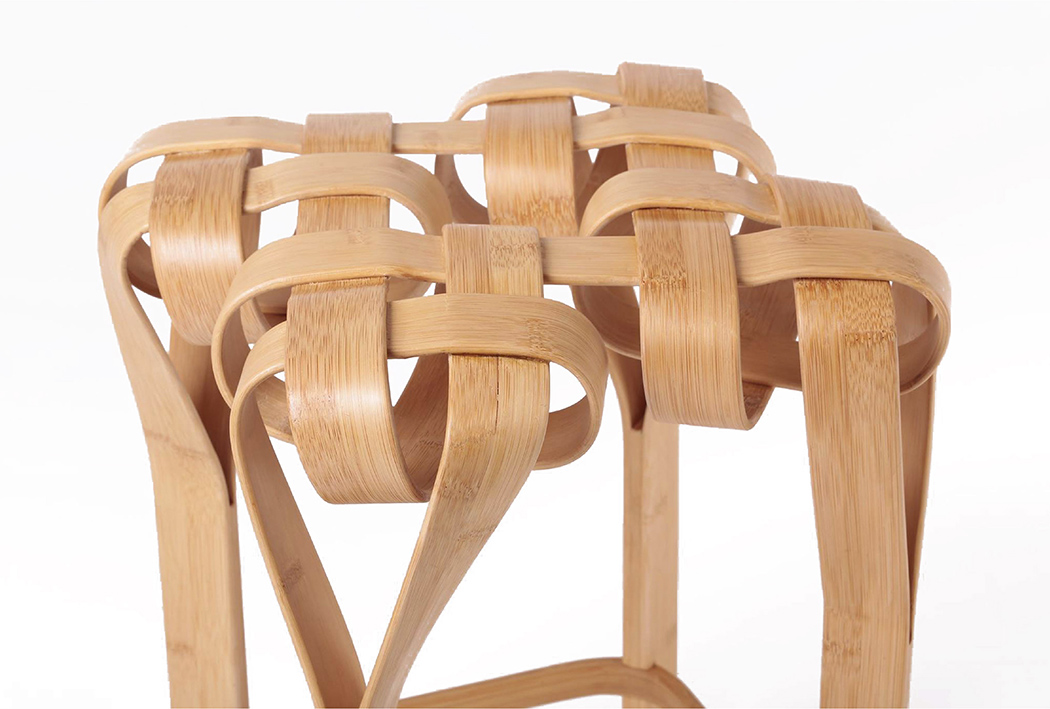
Simple? Check. Sustainable? Check. Stunning? Check. The Knot chair will check all your boxes when it comes to a stool-style seating solution. The structure is made almost entirely of beautiful, eco-friendly bamboo. The natural material is bent using a unique crisscross weave that reinforces its natural strength and creates an exquisite, sculptural aesthetic. Lightweight, long-lasting, and integrable into a variety of styles, it’s sure to be a timeless addition to any interior.
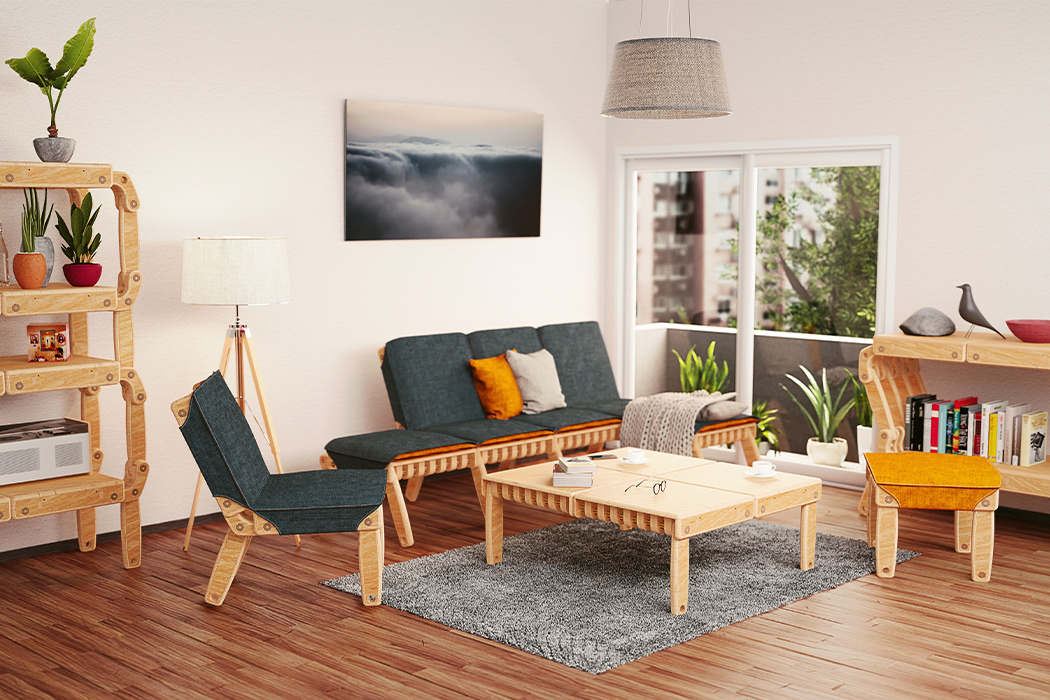
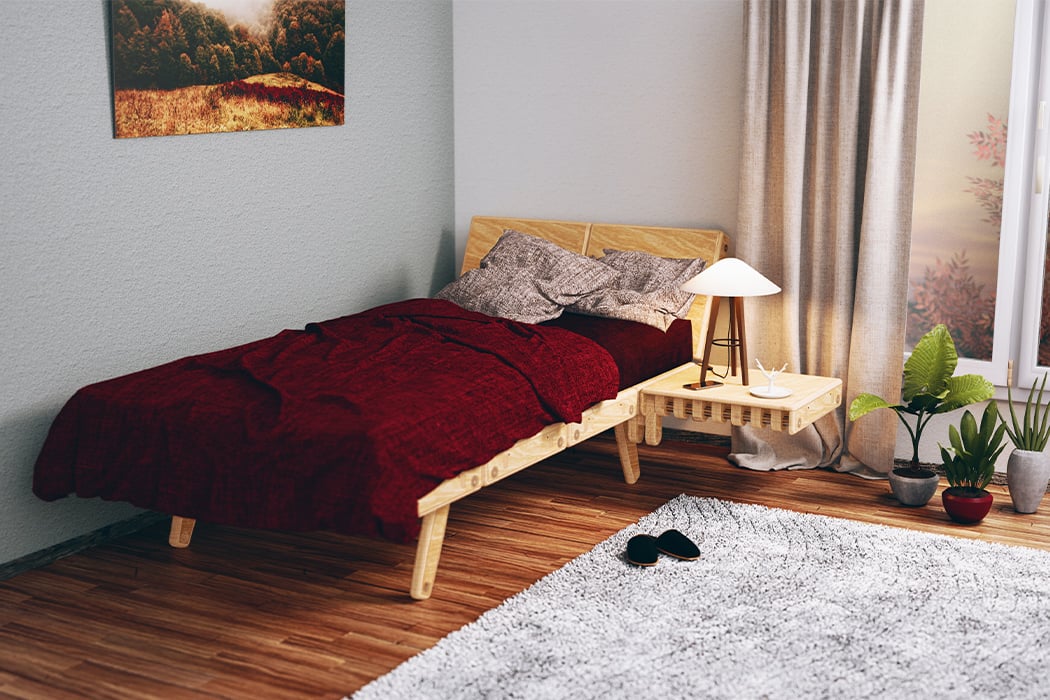
“Unlimited imagination and unimaginable needs of people could be contradictory to the limitations of our planet and our capacities as human beings. The consumption patterns we have adapted have led to global warming, polluted air, soil, and water while putting pressure on people, both in working conditions and a psychological obsession to gain more without answering the real needs,” says designer Ariyan Davoodian on what inspired him to create modular furniture for every space. The aim was to reduce the unnecessary (and constant) buying by using creativity and sustainable development to meet our furniture needs that also work for our environment. Un-Lim is an ageless collection that can be molded and changed over time – think of it as redesigning your own furniture using the same pieces to create a whole new form and function! It comes with 8 different parts that you can combine to match your space and needs. Turn it from a bed to a table to a chair seamlessly. The separate modules come with a notebook that tells the story of its production timeline from the furniture’s point of view! It also includes a piece of wood from the tree that was used and a shoutout to all wood craftsmen who worked on your set.
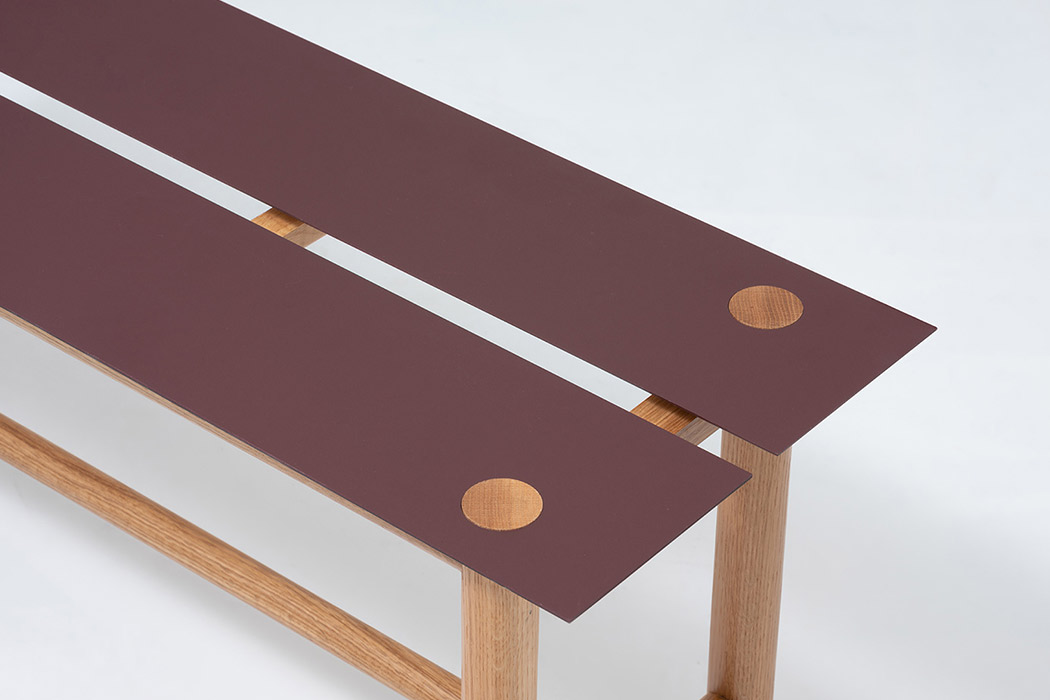
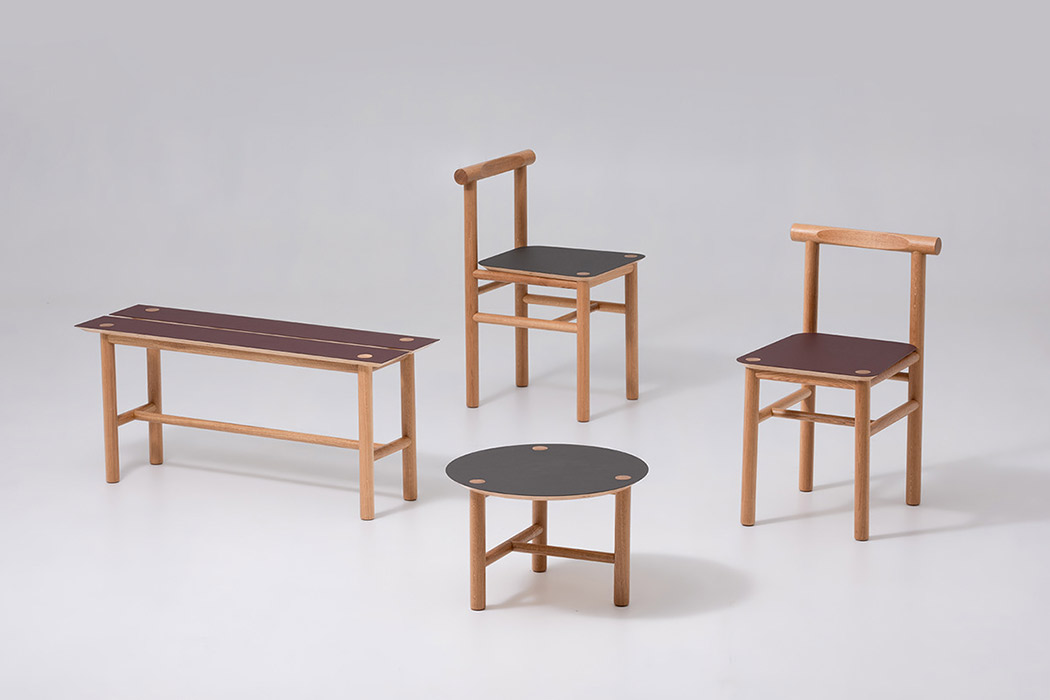
Looking to make a switch to a sustainable lifestyle in 2020? Meet the Dot Collection – these modern pieces are made from the waste produced during manufacturing furniture. This group will keep with the aesthetic of your space while also allowing you to continue reusing, reducing, and recycling. The Dot collection includes a set of chairs, bench, and side table that all come in subtle earthy colors with a combination of cool and warm. The inspiration for this modern sustainable set was a factory visit where the Studio Pesi team noticed a lot of leftover material.
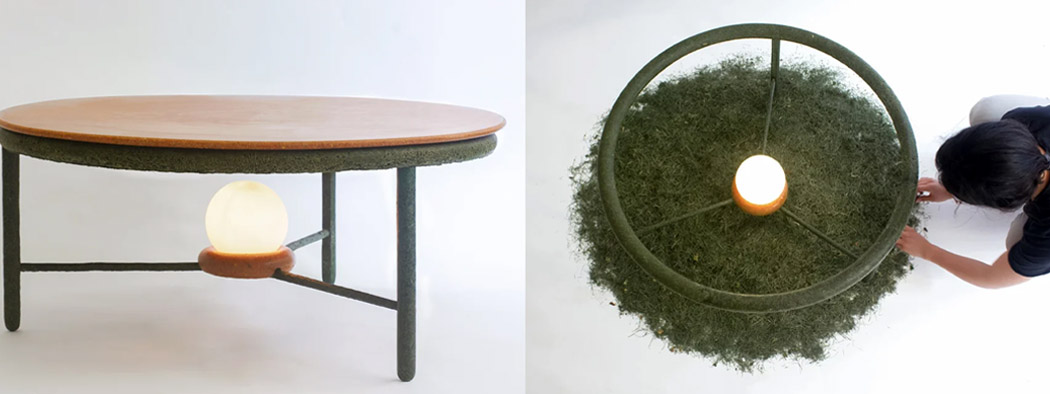
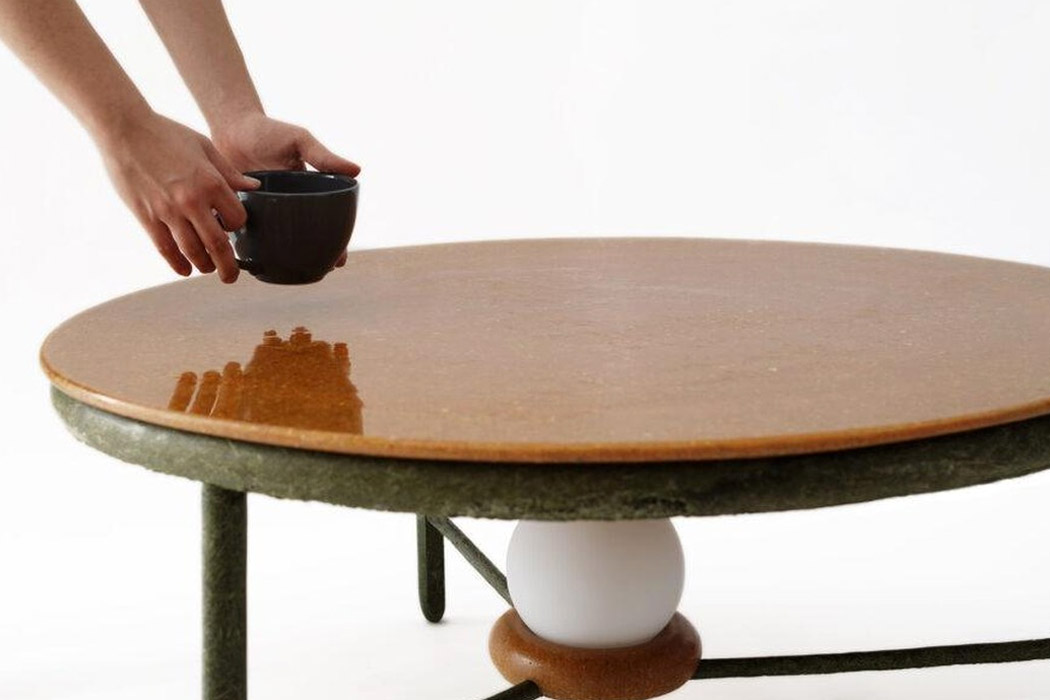
OTTAN Studio is completely obsessed with sustainable designs, and they’re implementing an innovative method to create them! They’ve been transforming orange peels, cut grass, carrot pulp, fallen leaves, and nutshells into design objects. These products range from tiles to tables and even include lighting designs. The OTTAN coffee table is one of their unique pieces (and also one of my favorites) created from expired lentils and cut grass! Carrot pulp, orange peels, and artichoke leaves were used to make the lamp within the table.
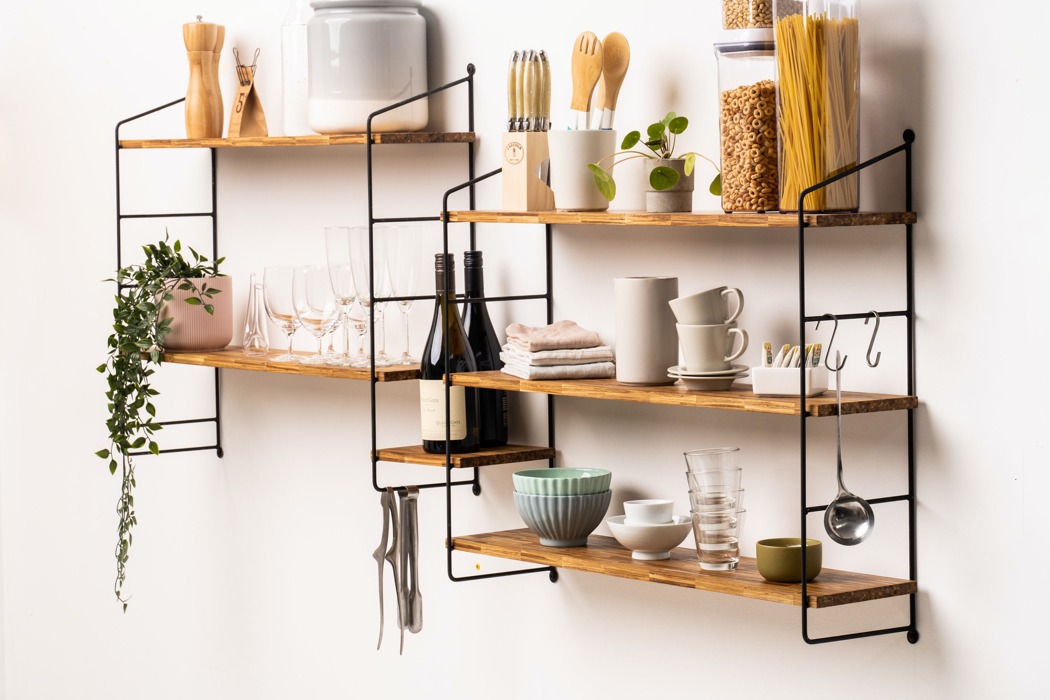
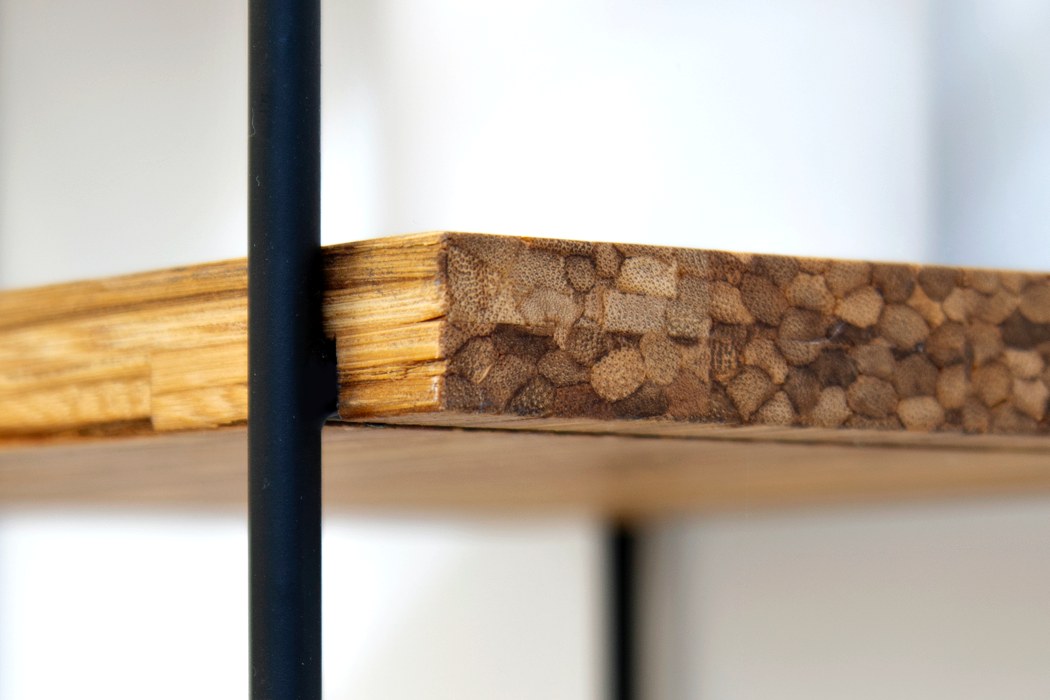
The SMĪLE, which is a part of the ChopValue catalog, uses a raw material that there’s an abundance of – used chopsticks. These chopsticks undergo heat, steam, and pressure processes to create a new engineered material, thus giving them a new lease of life that’s much longer than what they were originally intended for. The SMĪLE shelf is a modular system that relies on recycled steel frames that fix to a wall, holding shelves in between. The steel frames can be arranged practically in any orientation and arrangement, giving you the freedom to create your own shelving design that can even be expanded if you want to, in the future! Depending on the size of the shelf you buy, it comes with the recycled steel frames and ChopValue’s signature chopstick shelves. Each shelf uses hundreds of bamboo chopsticks, compressed together to create a unique looking material with its own bespoke grain-pattern.
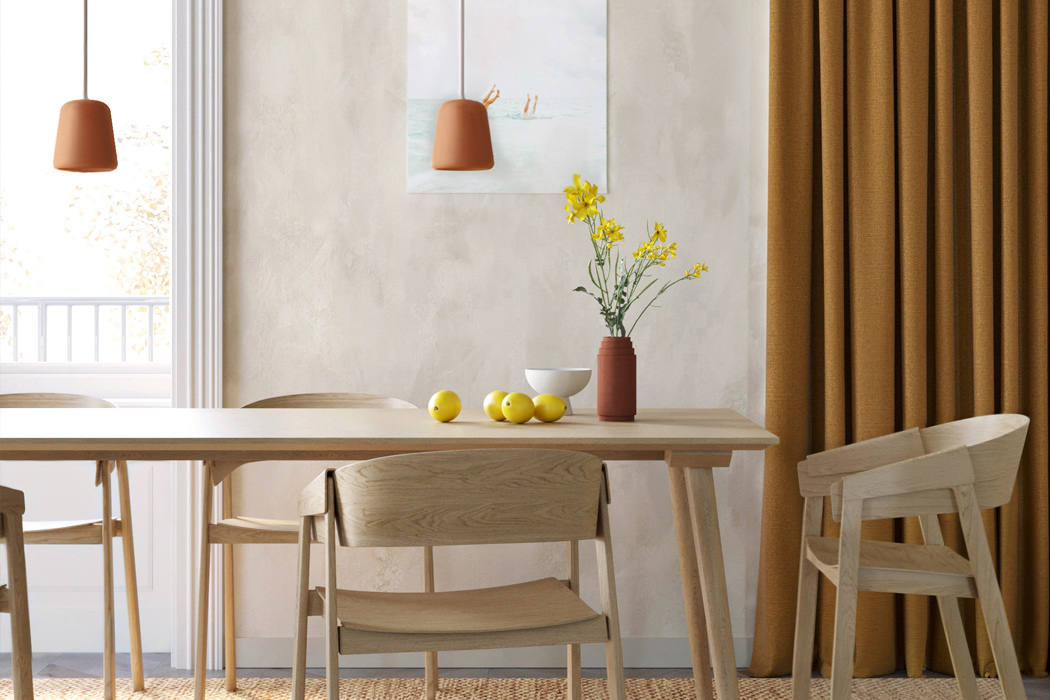
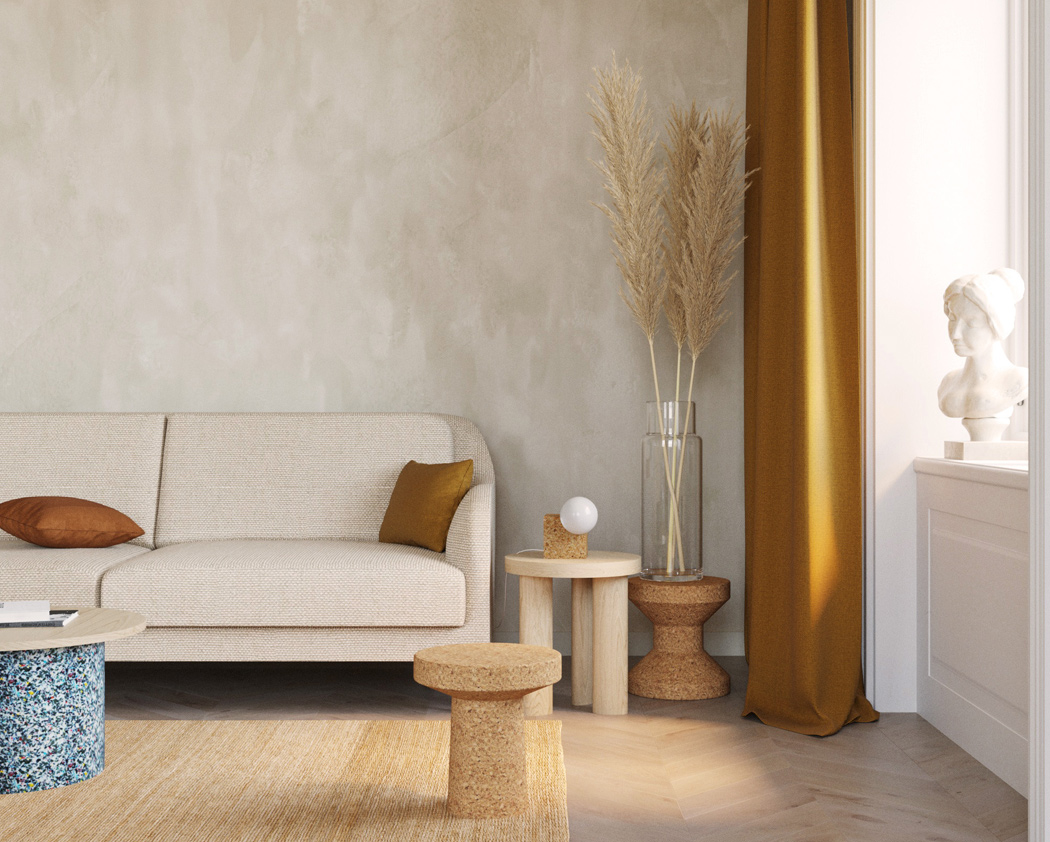
When you think eco-friendly, aesthetics is not the first thing that comes to your mind. Most of us will be stumped if we are asked to name three chic eco-friendly products to use daily, but Andrea Juhasz has created an entire interior space that is not only stylish but completely eco-friendly – above recycling and beyond sustainability. Let’s take a look at the details of what makes for a beautiful environment inside our home while protecting the one outside it. Sustainable and eco-friendly materials were used in every aspect of the house – right from flooring with corkwood and bamboo to using jute and coconut fiber carpets without compromising on the visual design. These natural elements in your home can reduce pollution and they are also anti-allergic and antistatic.

